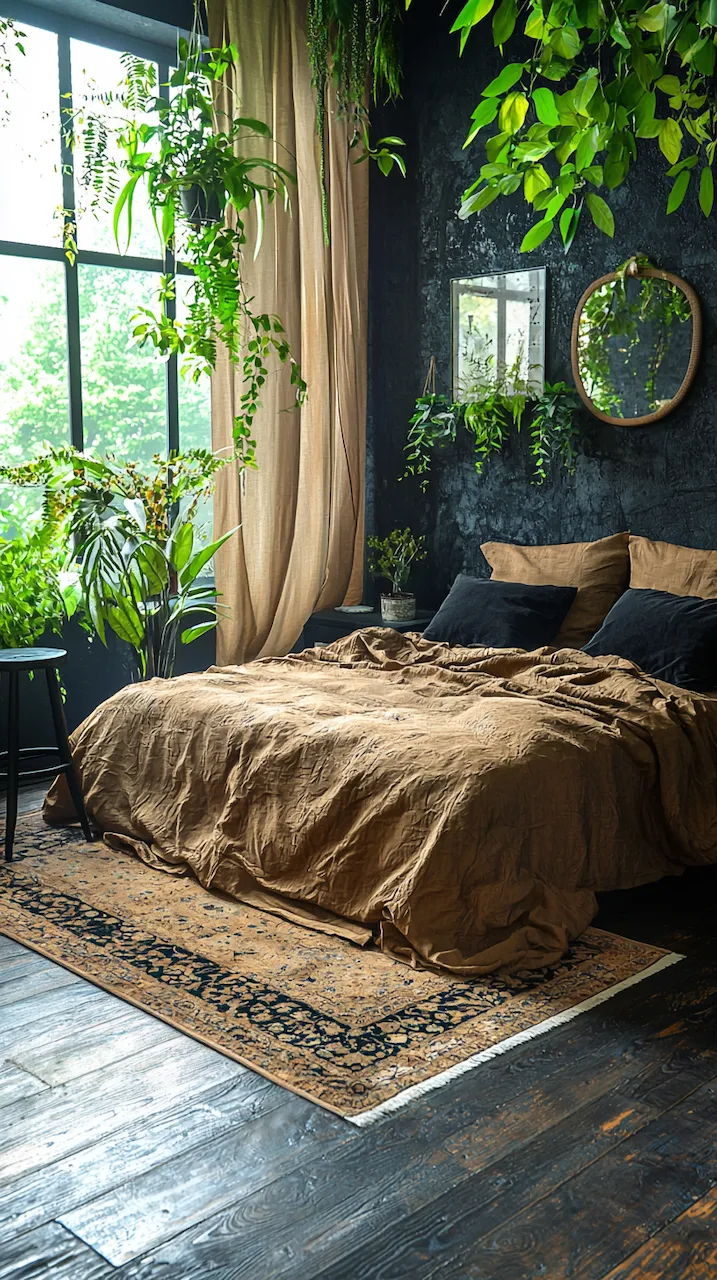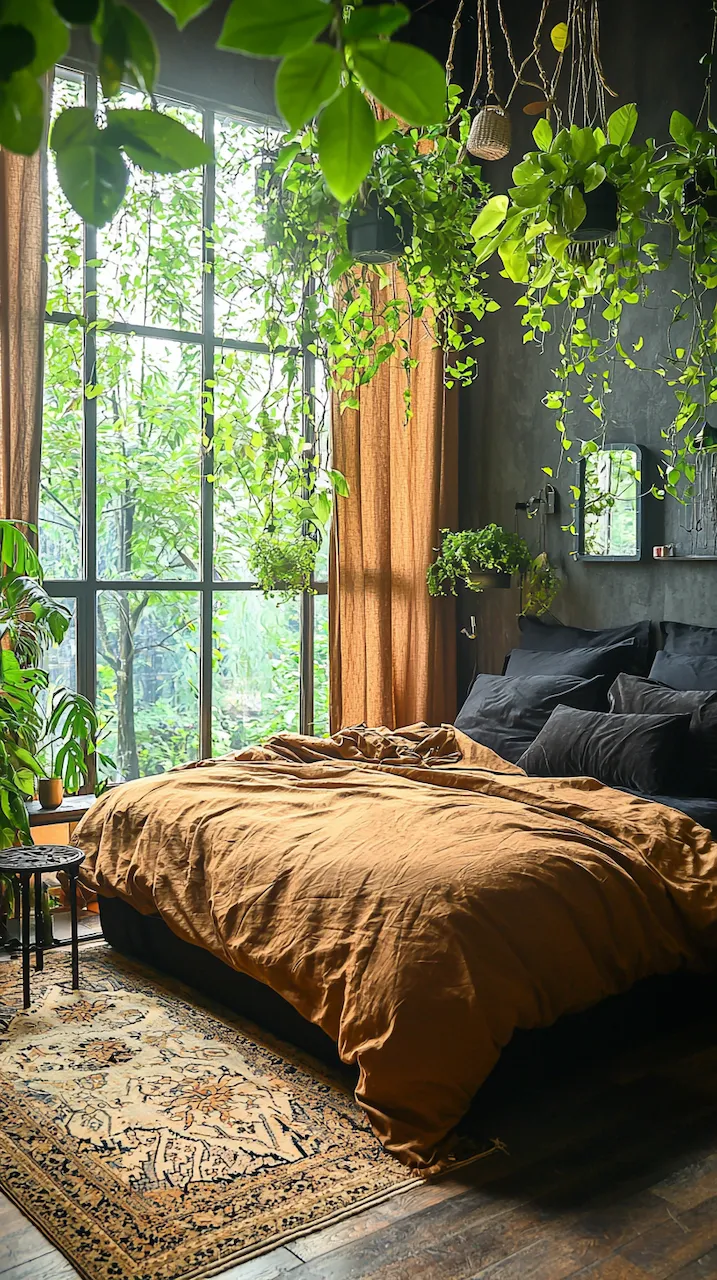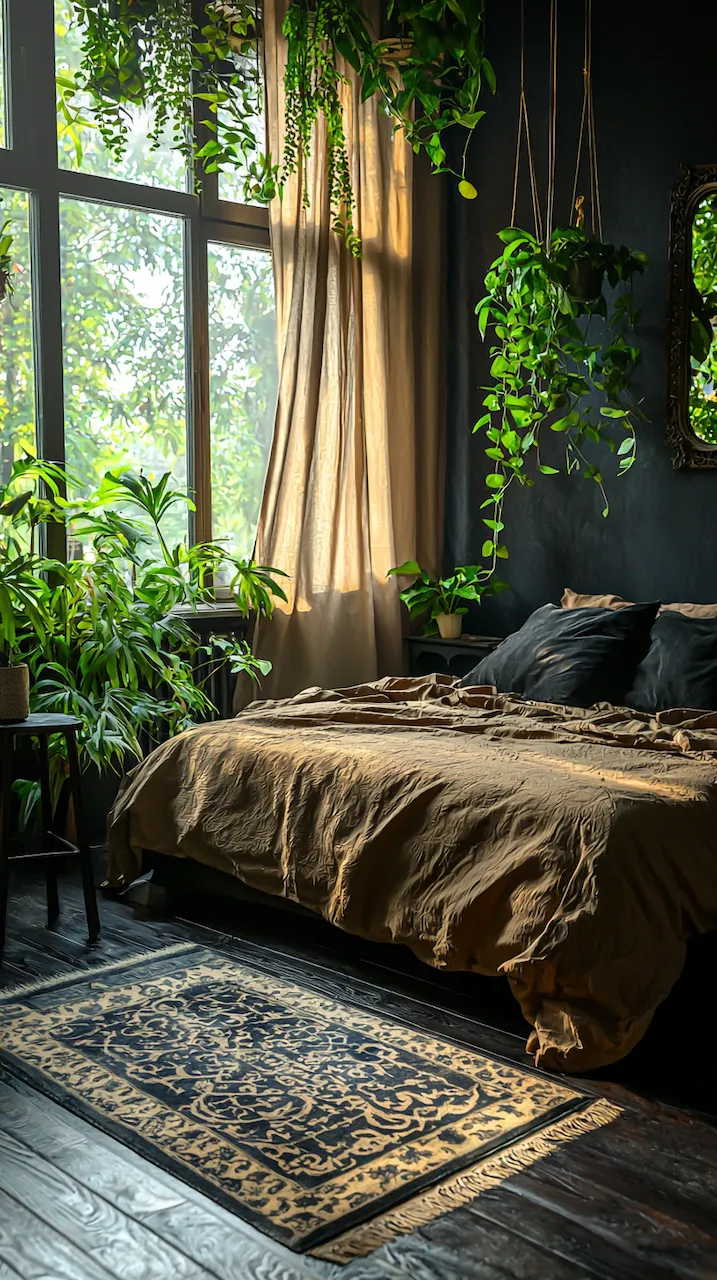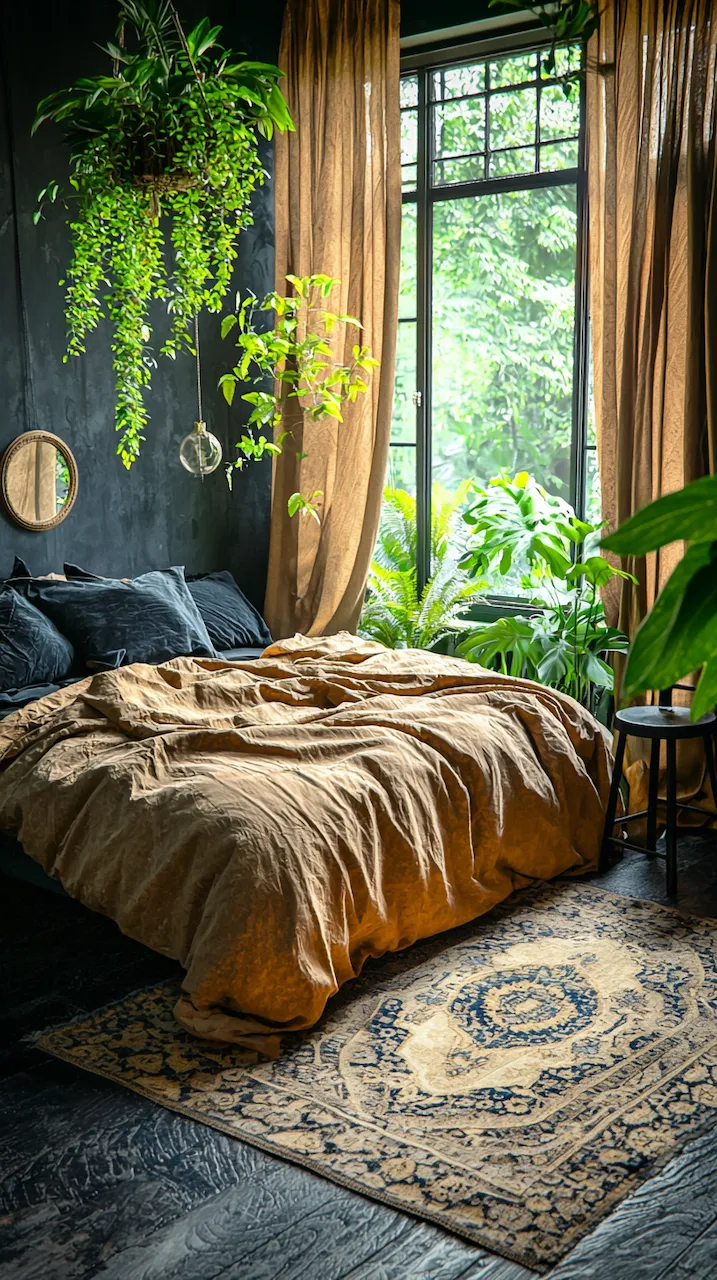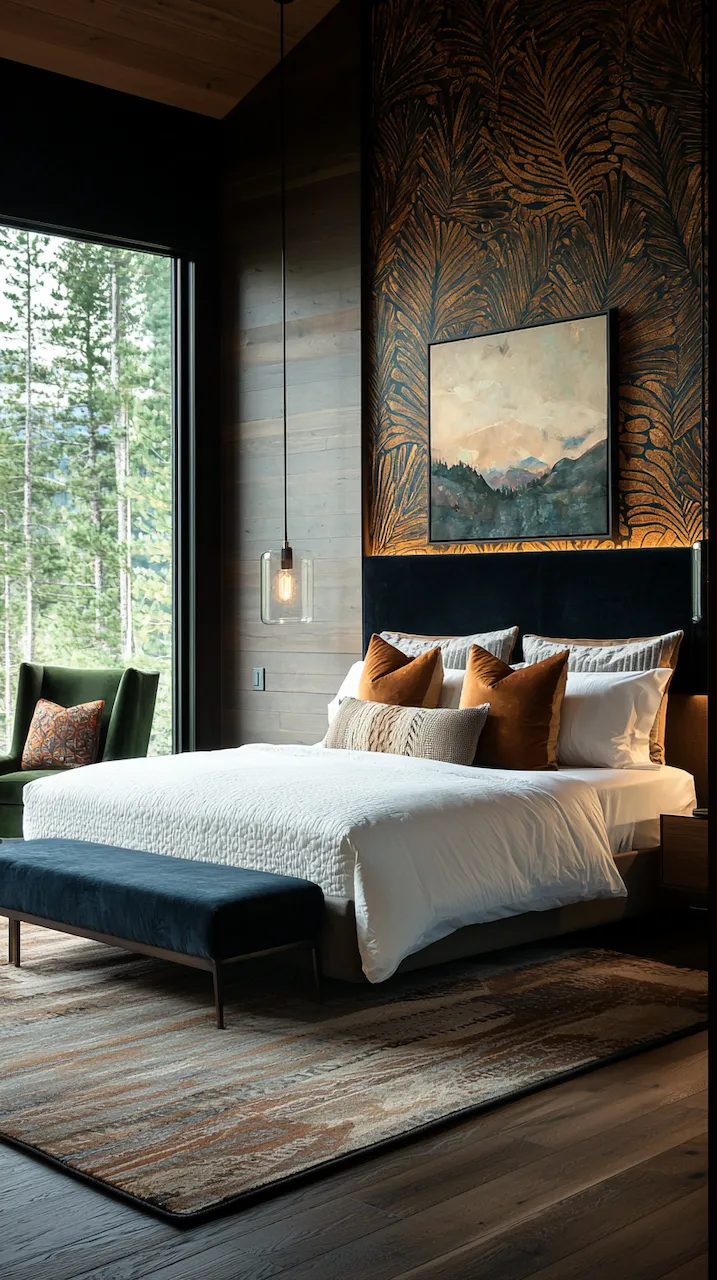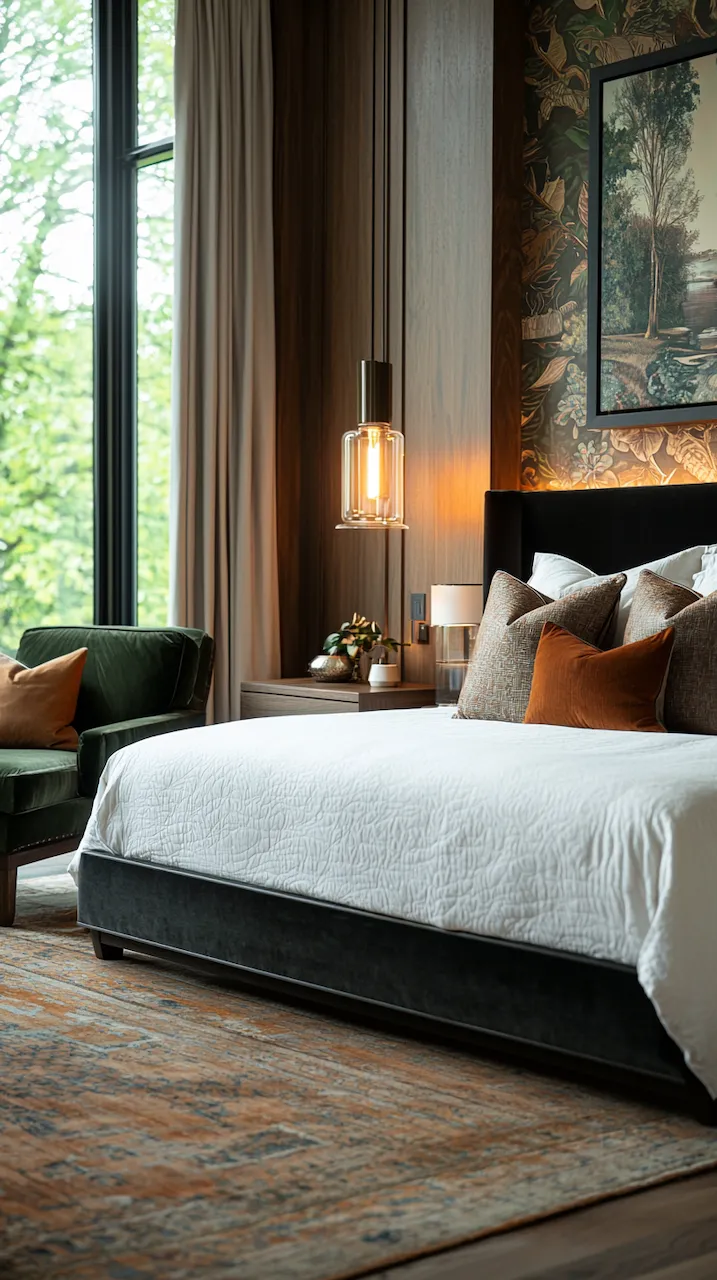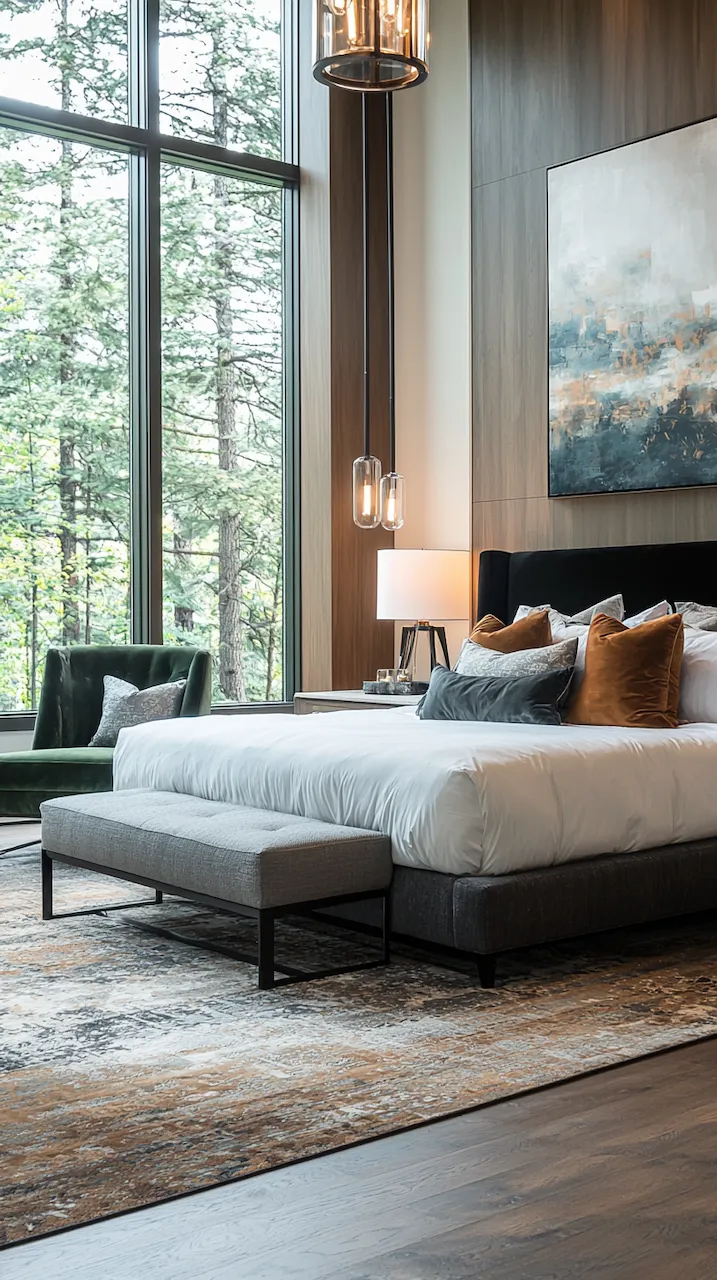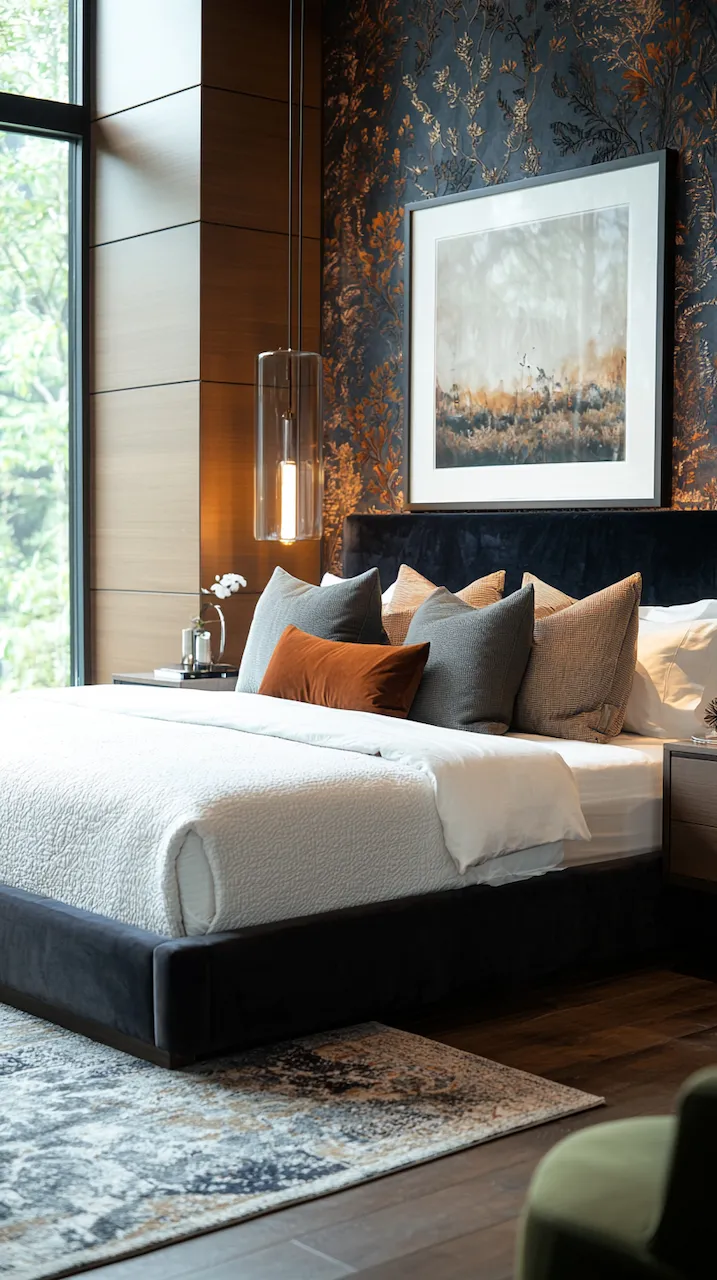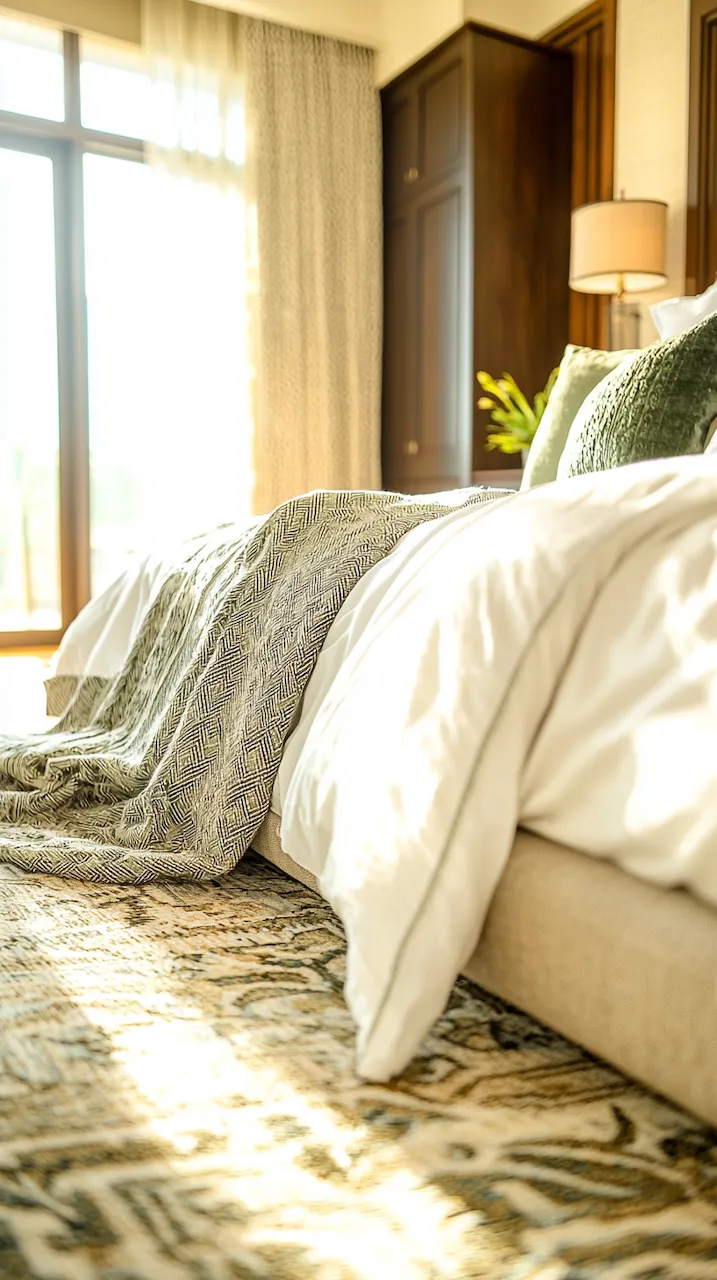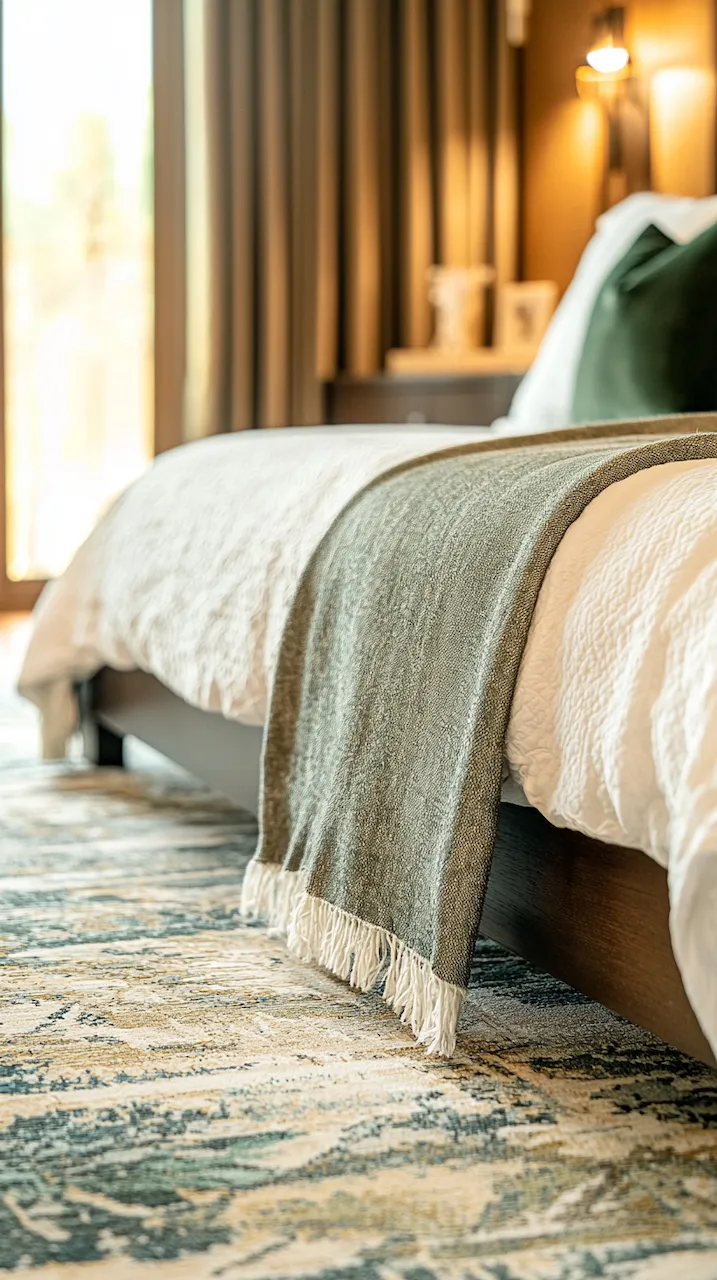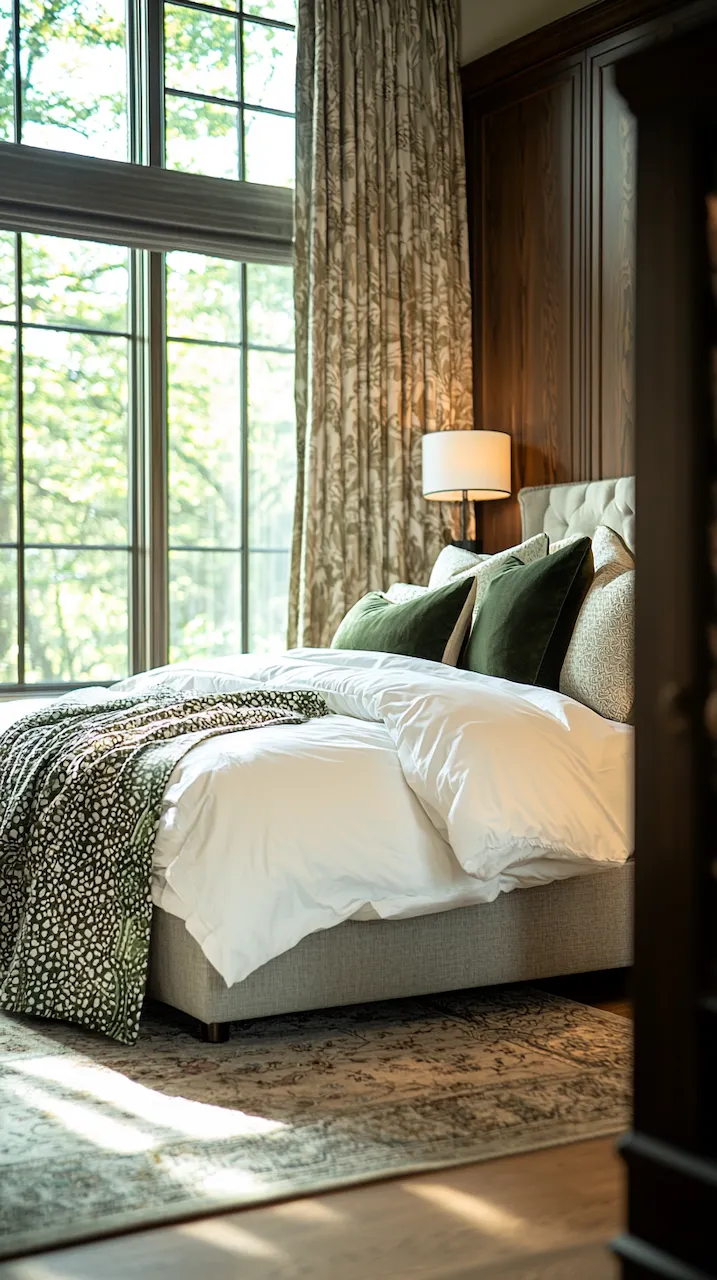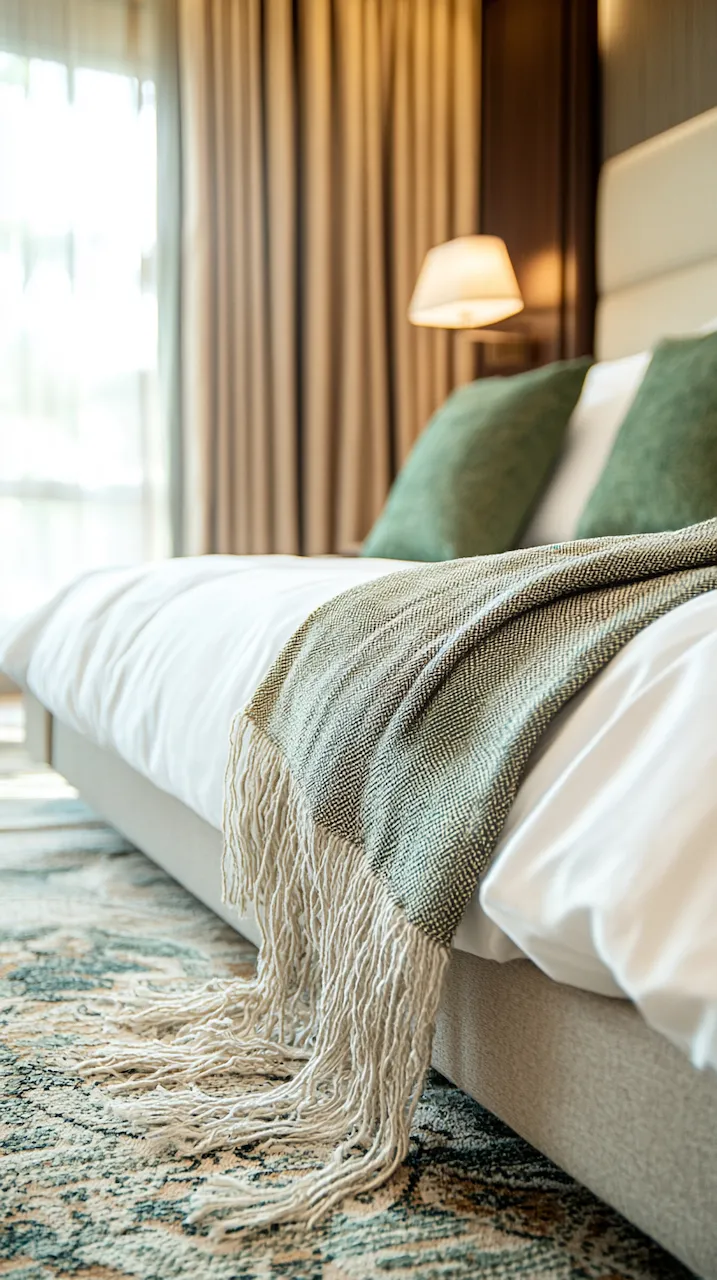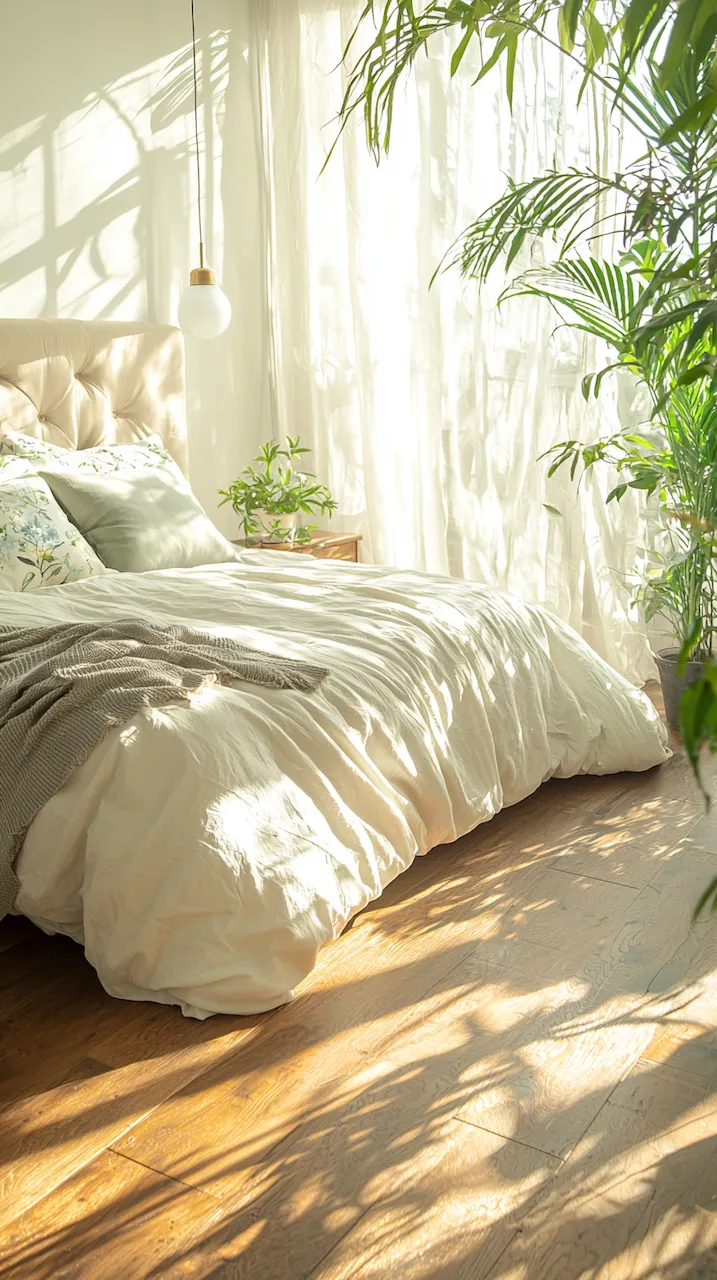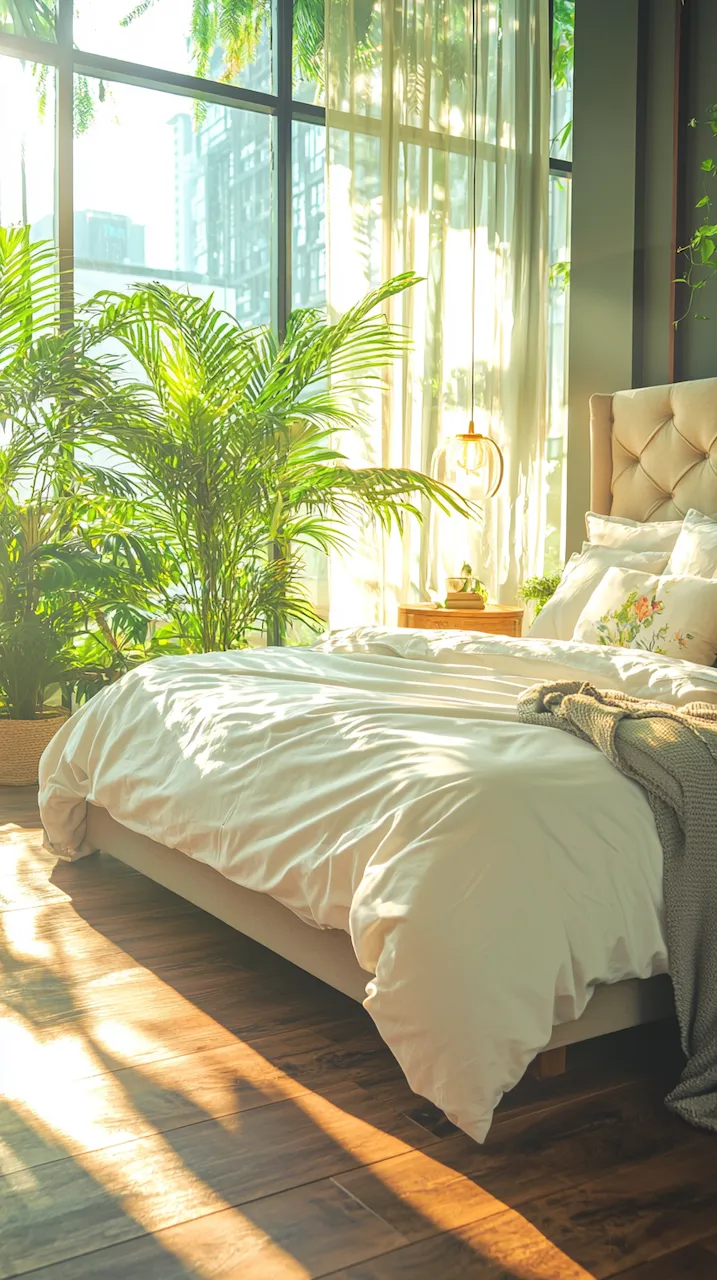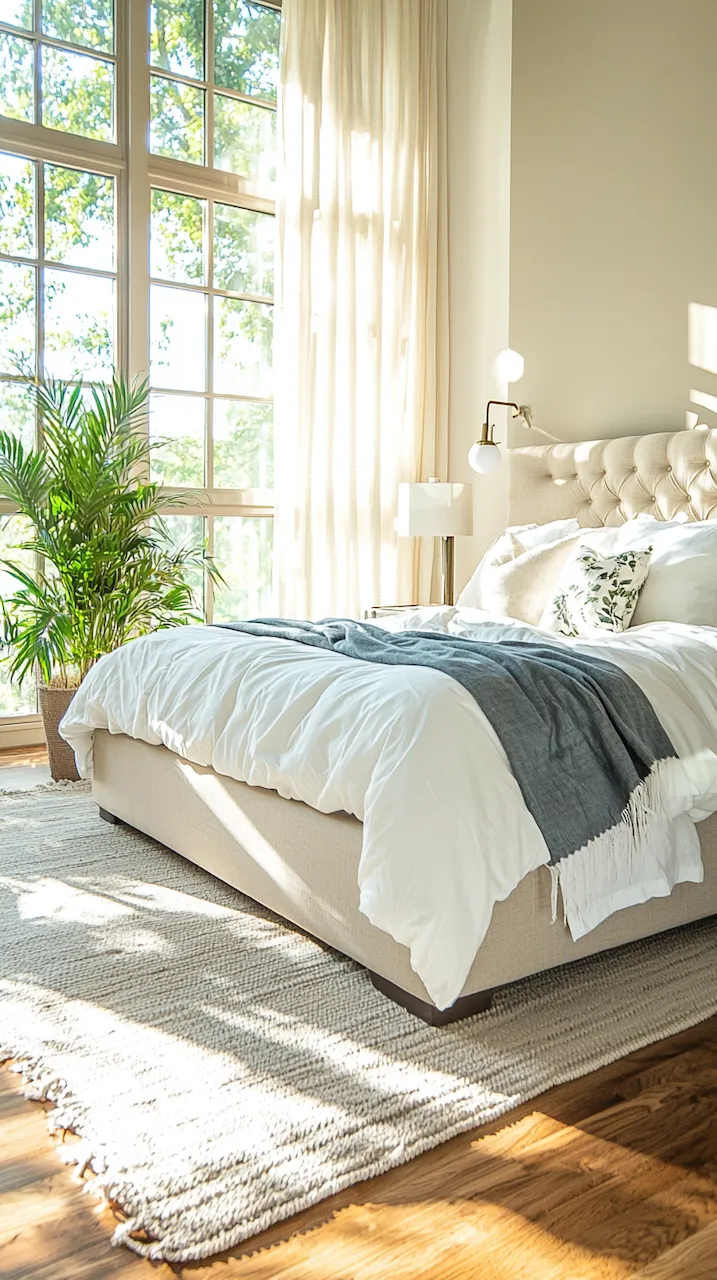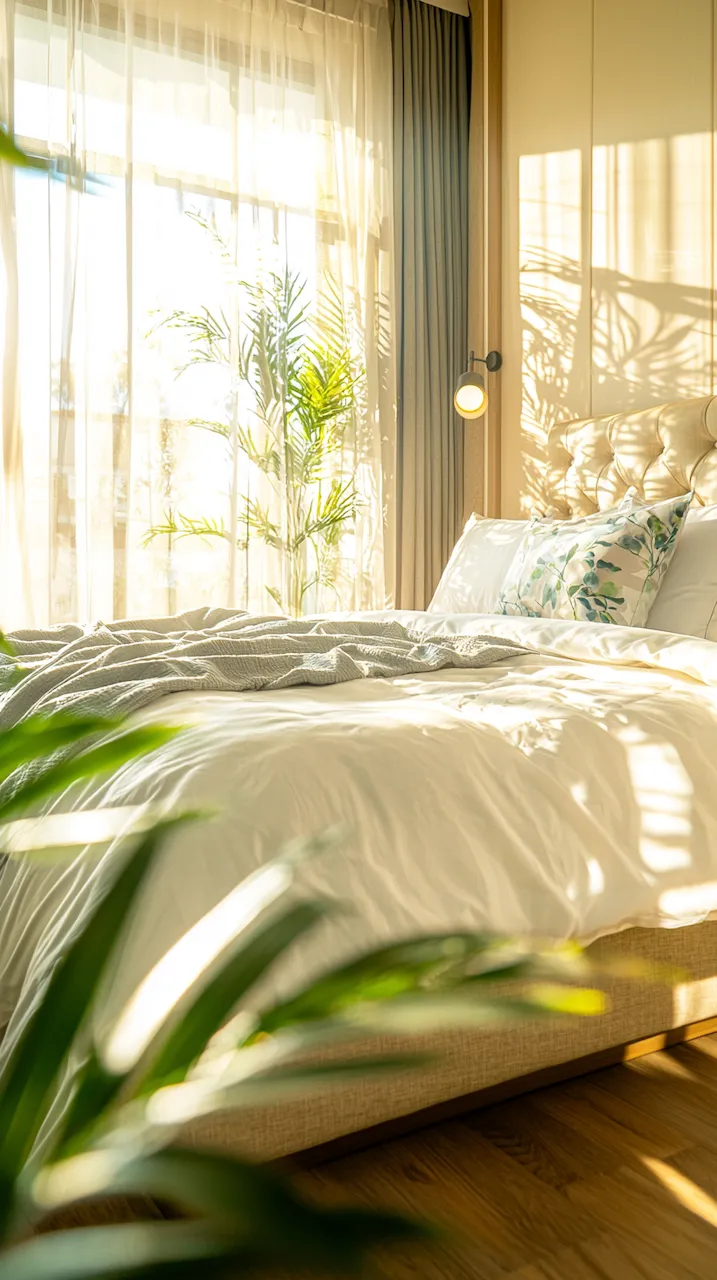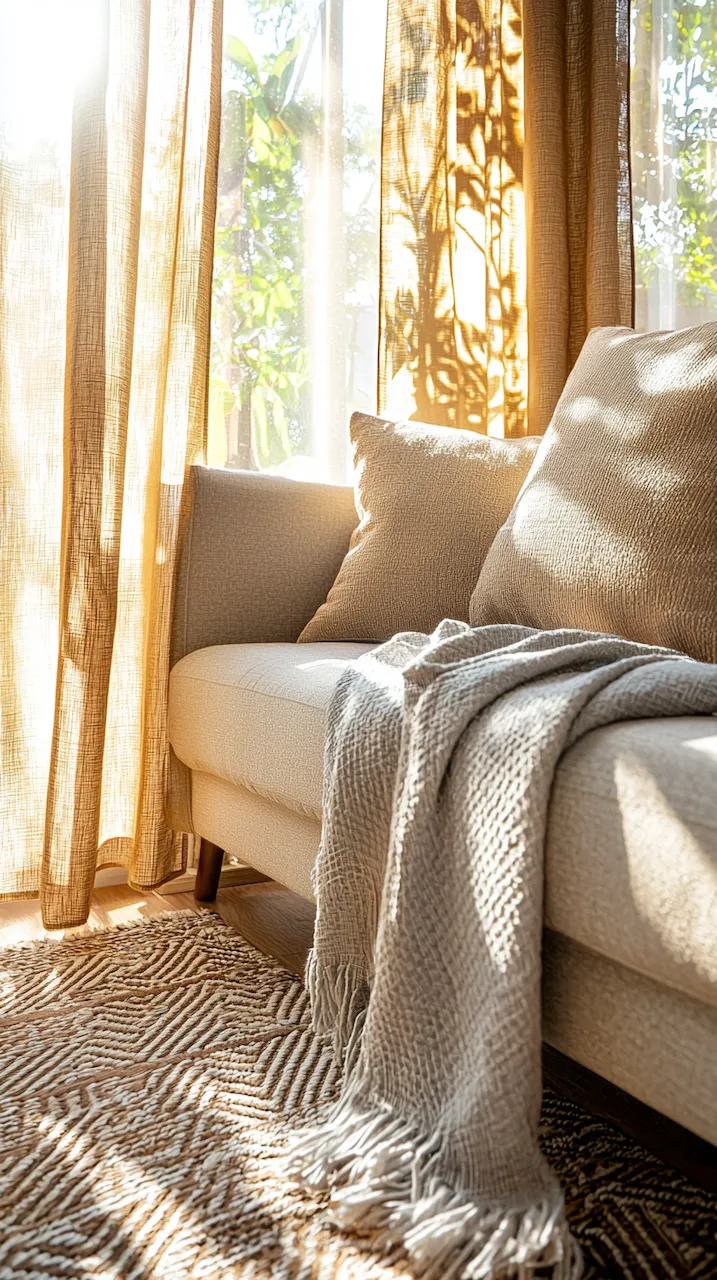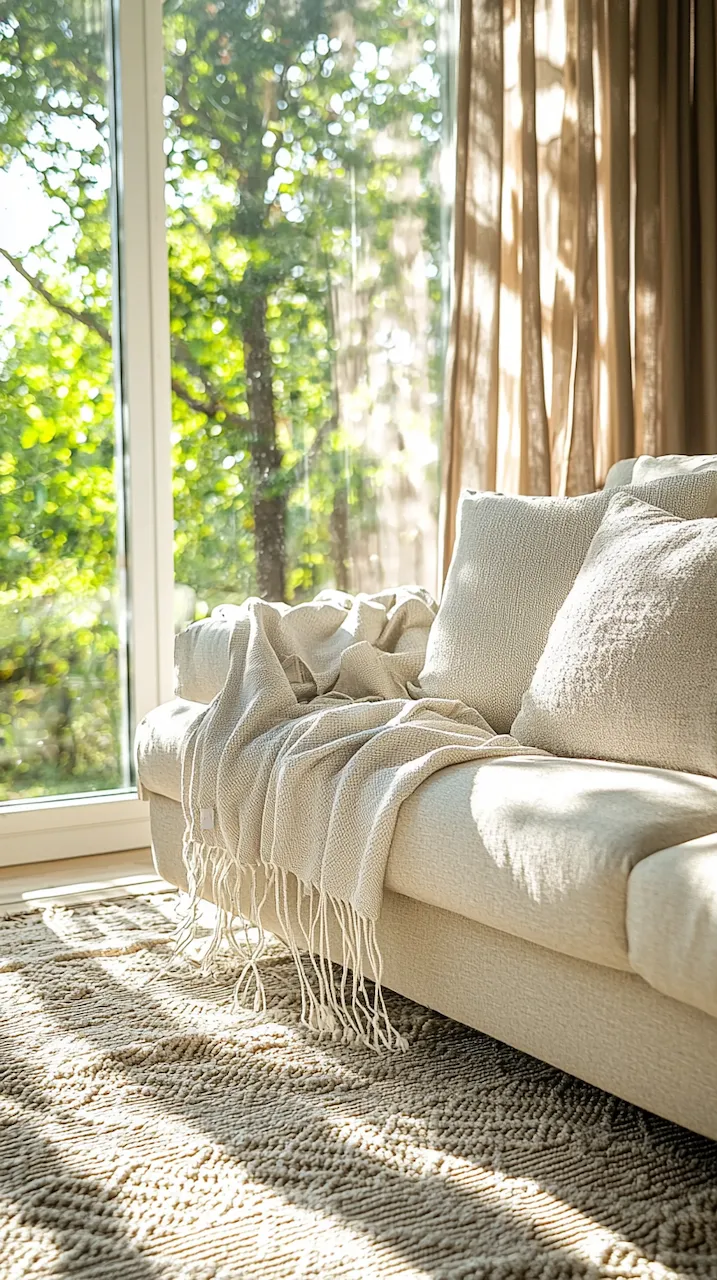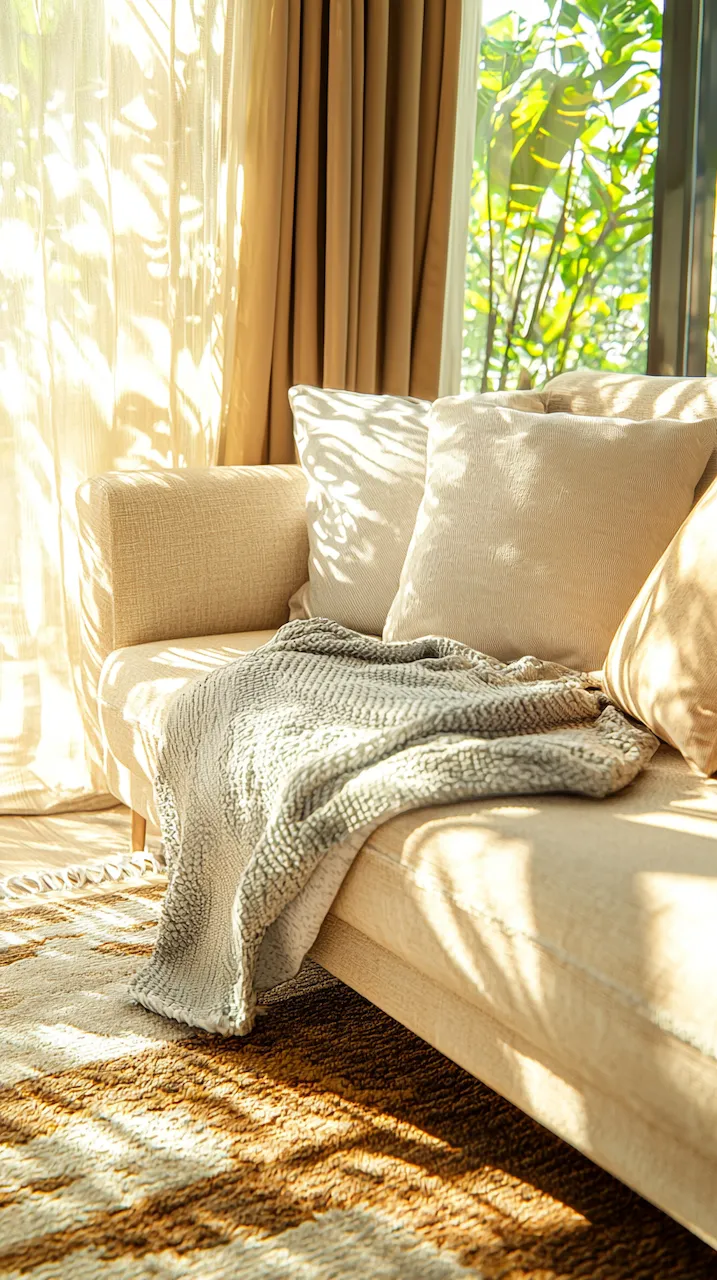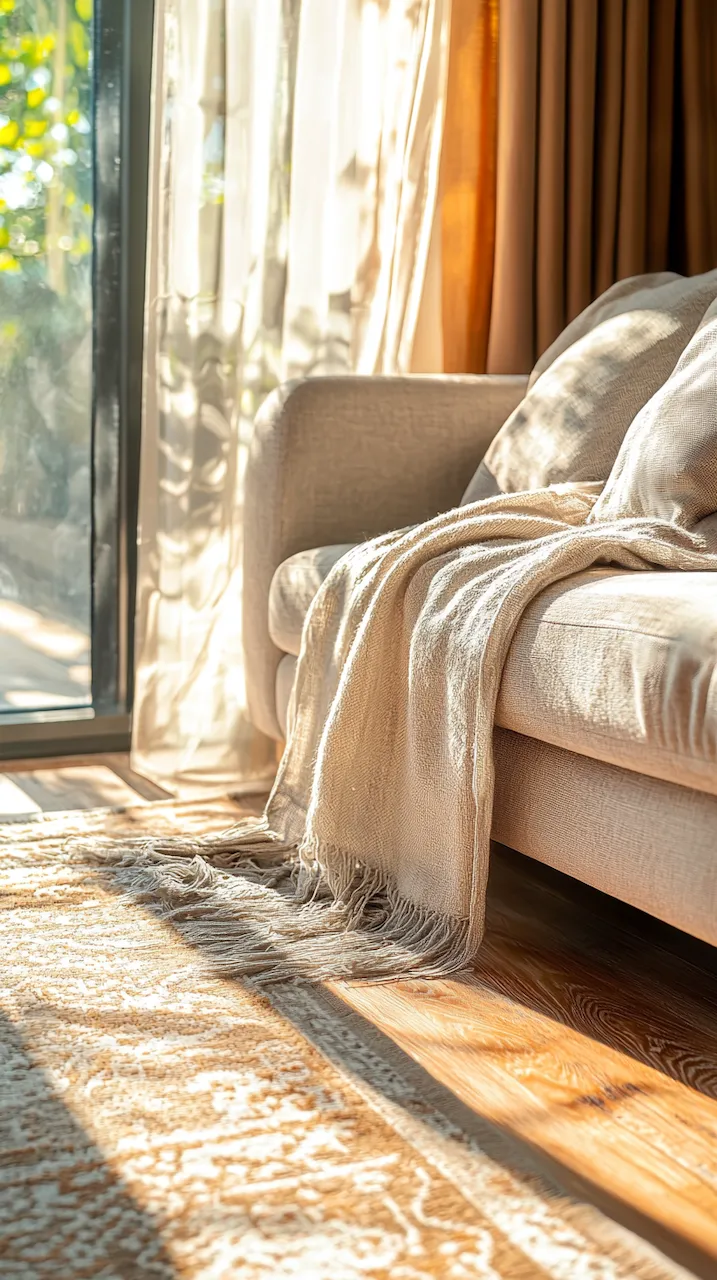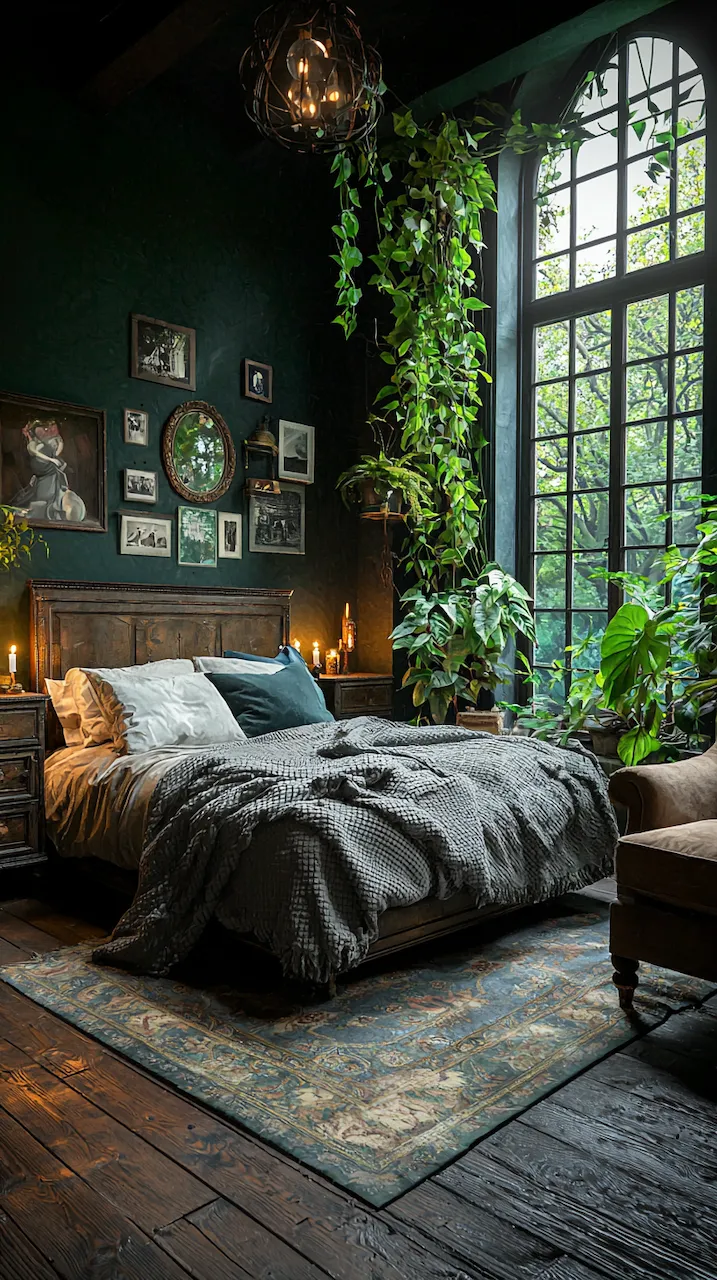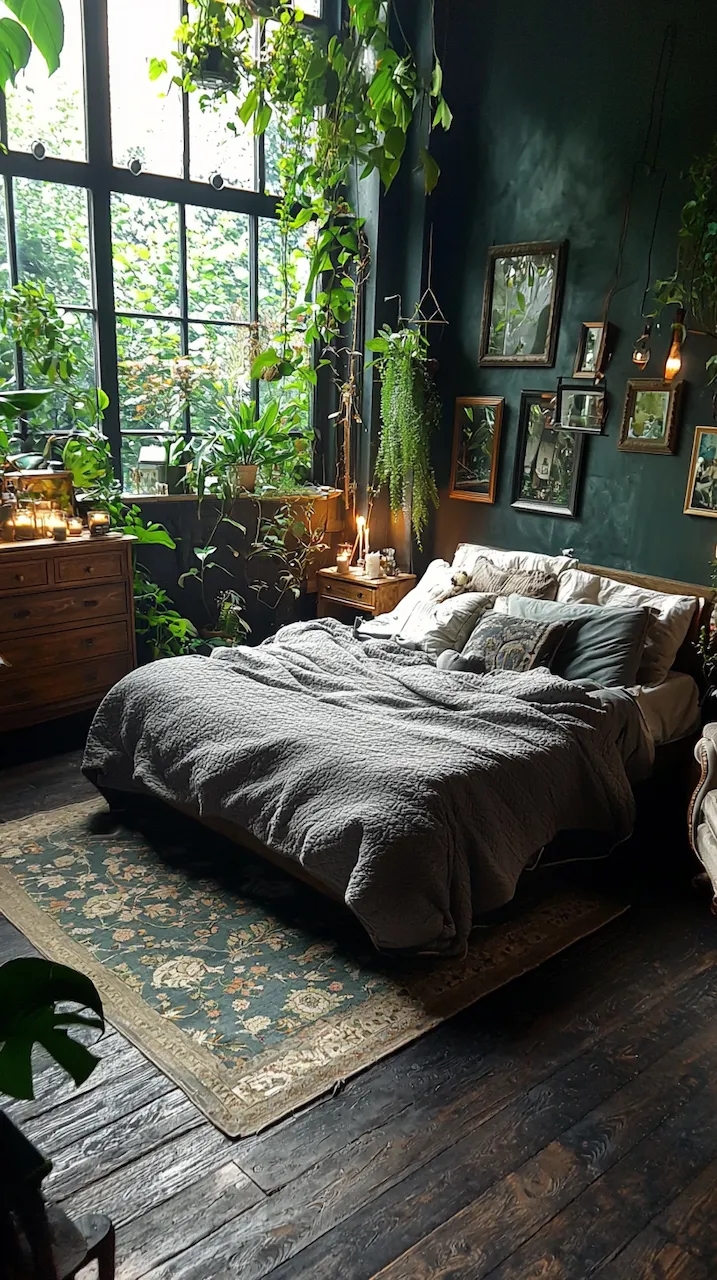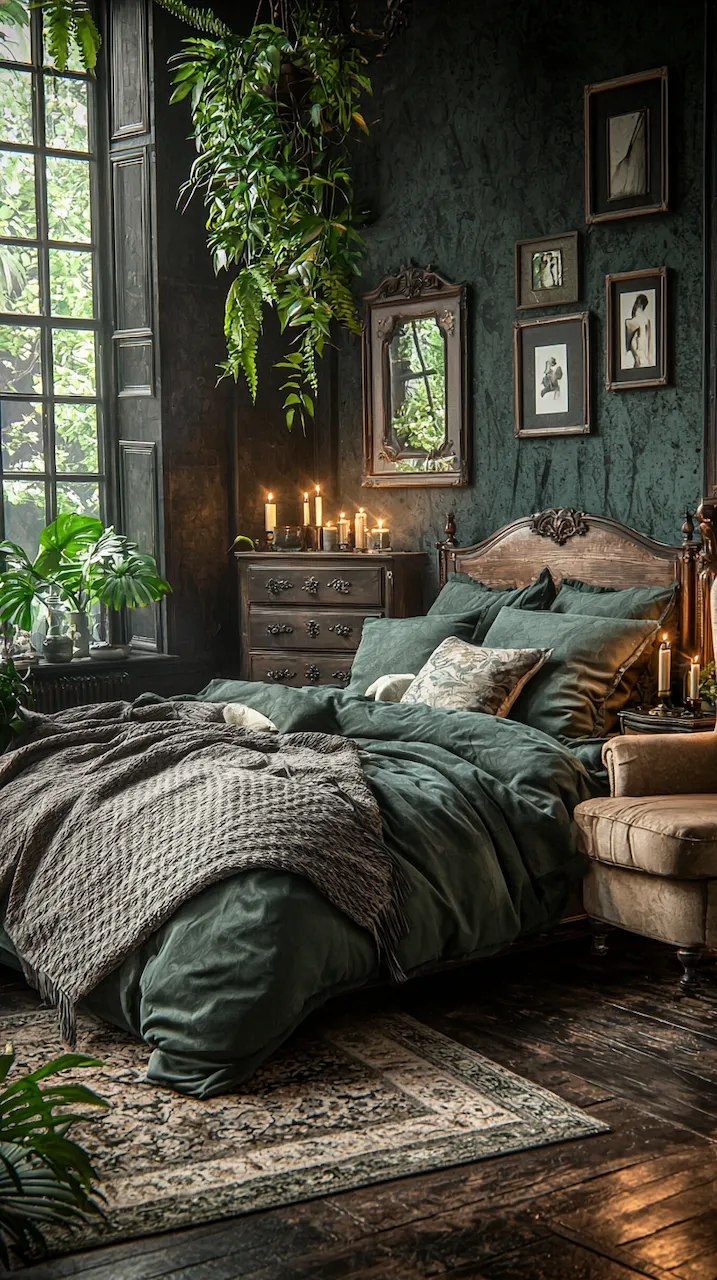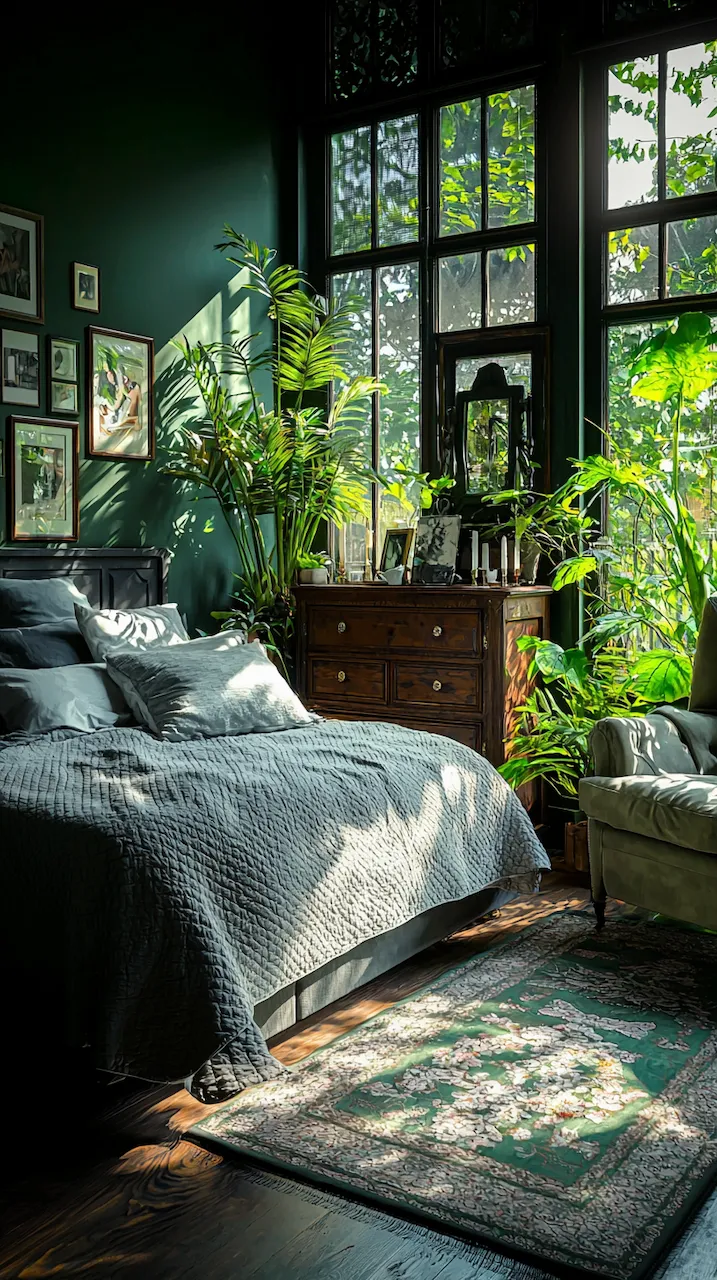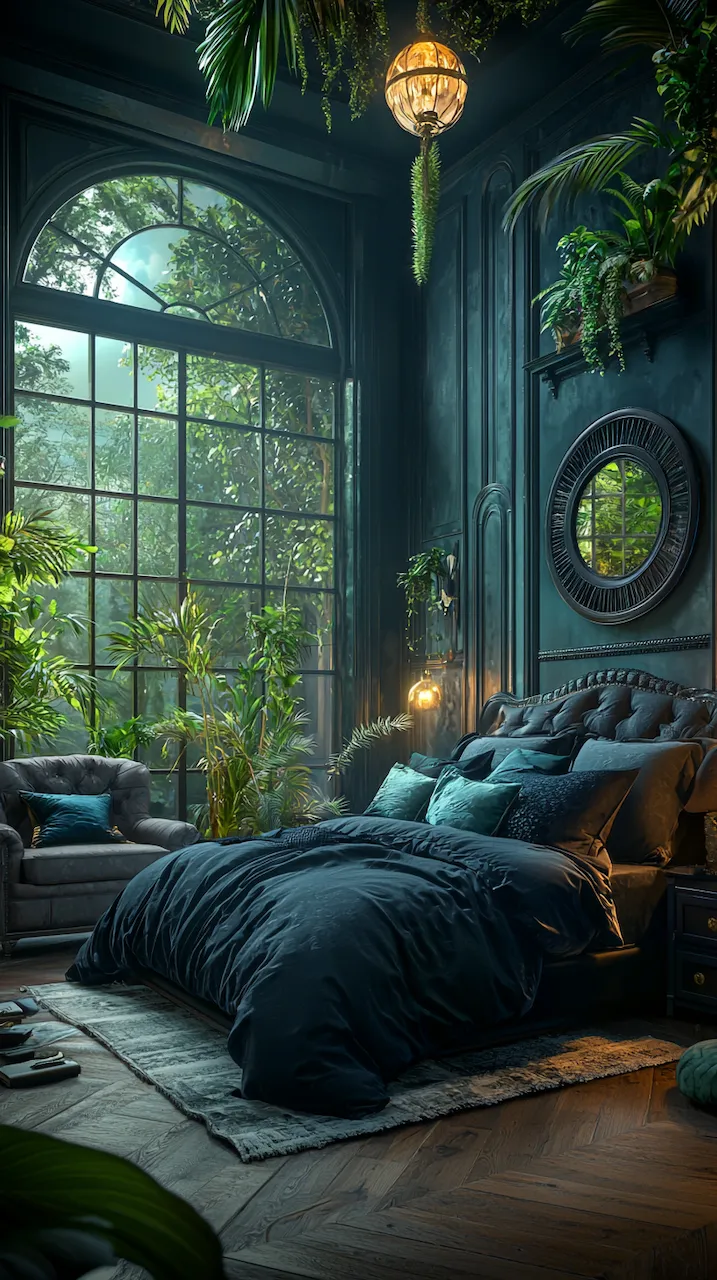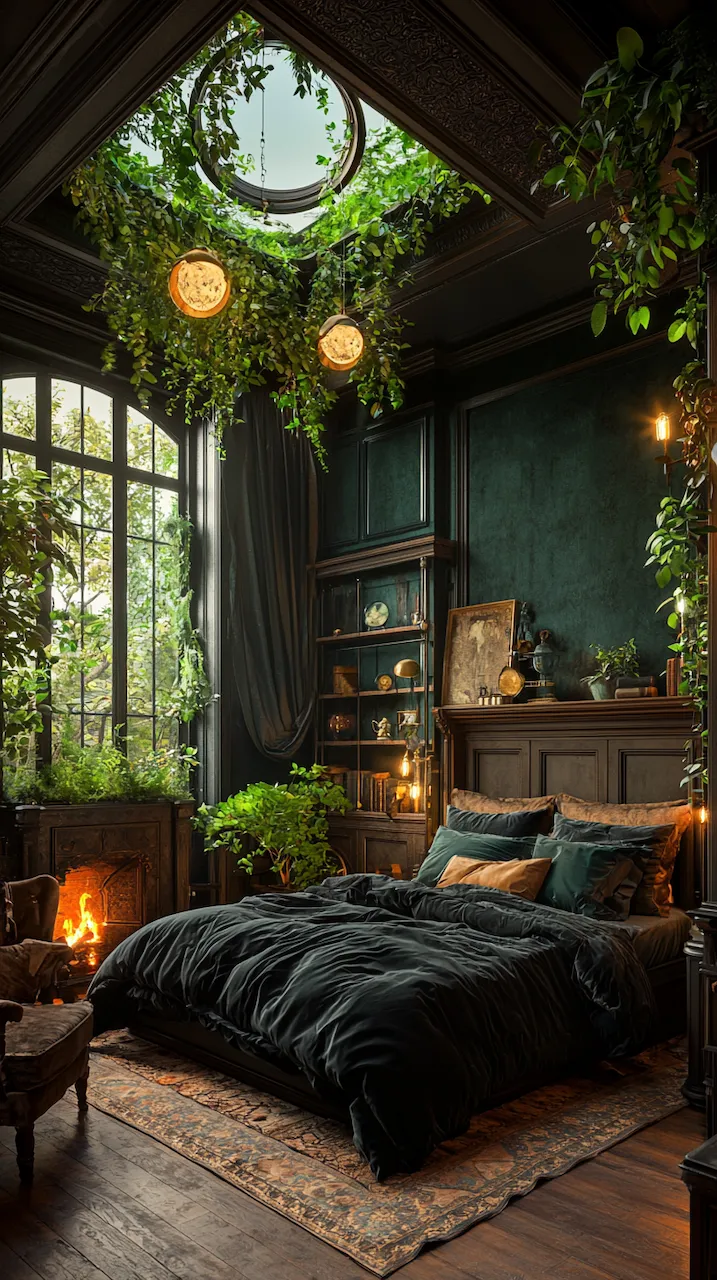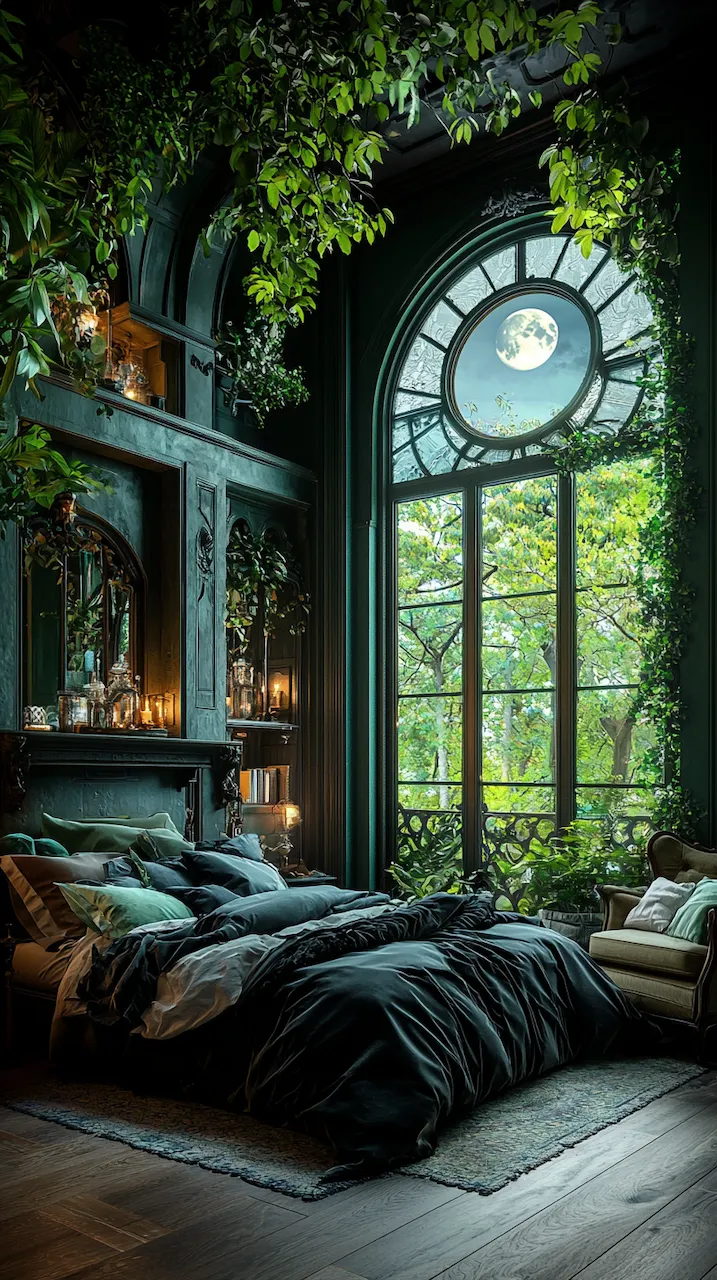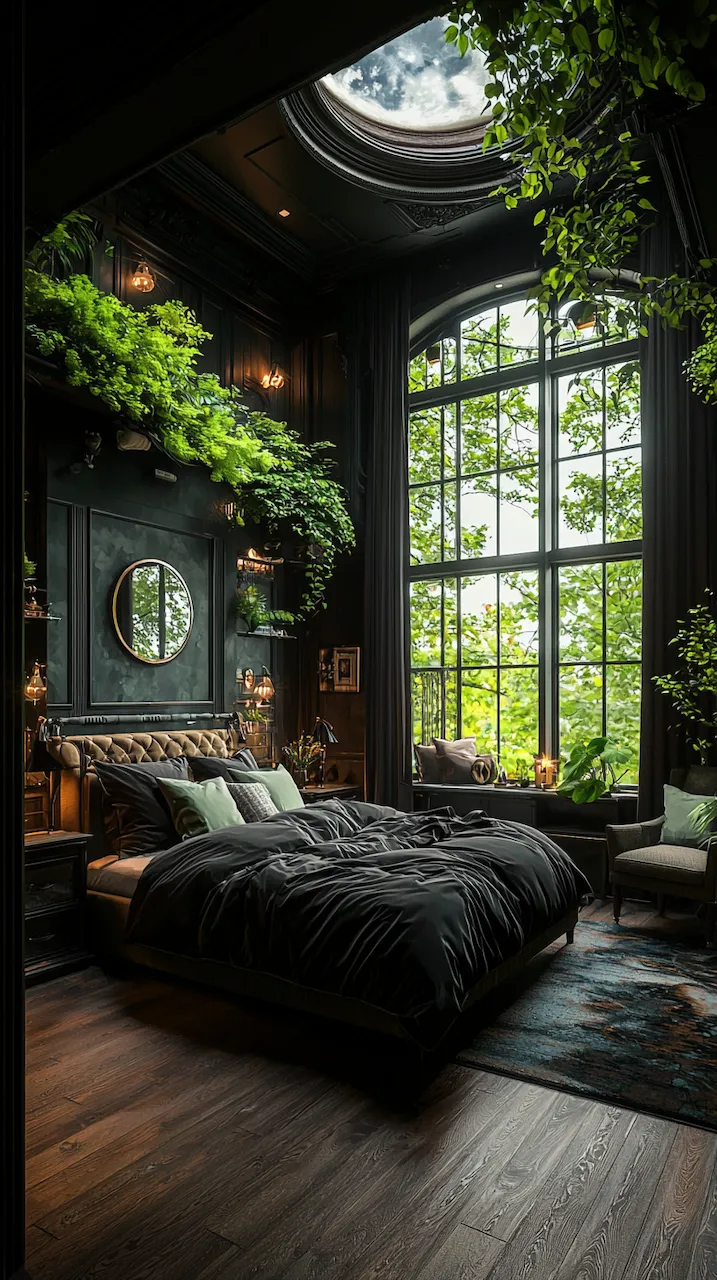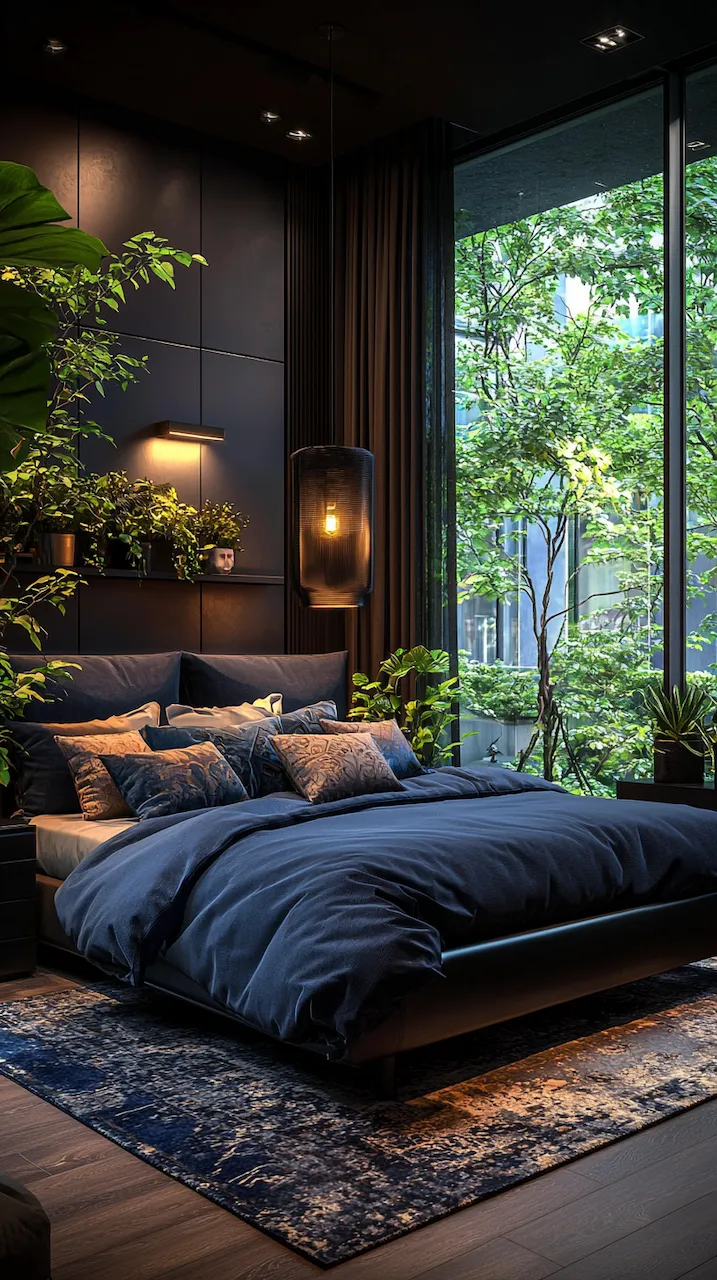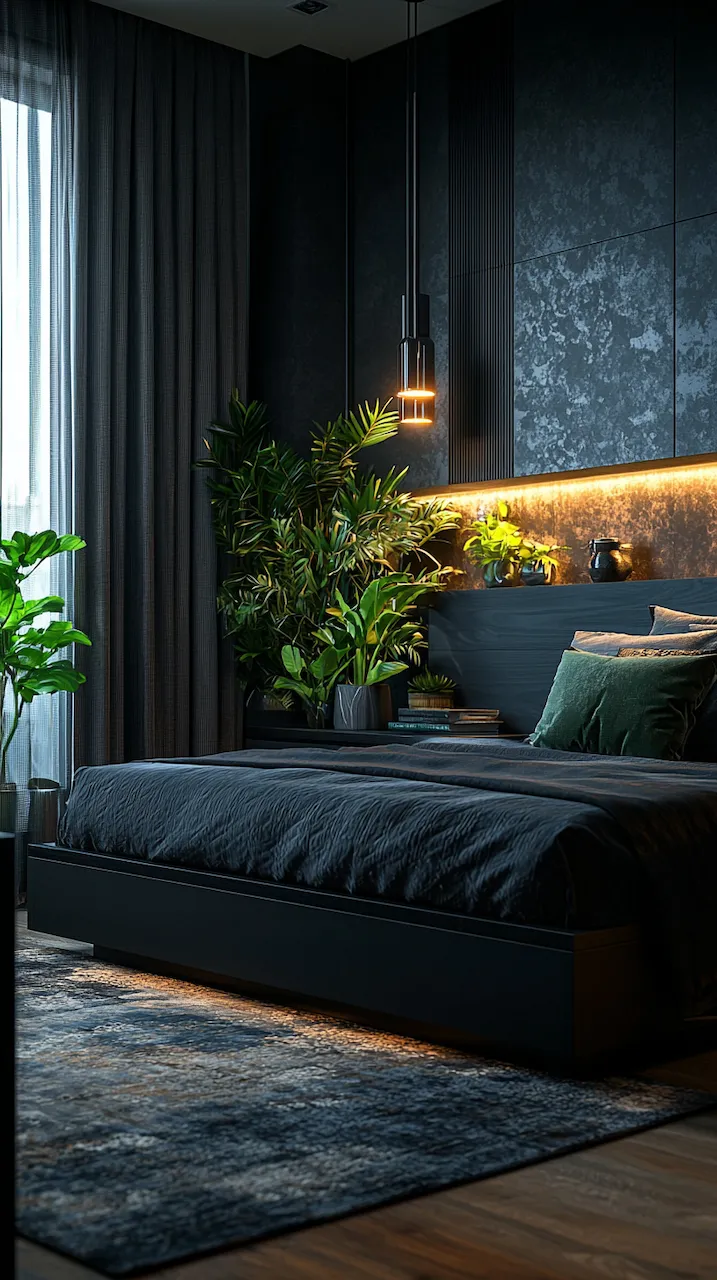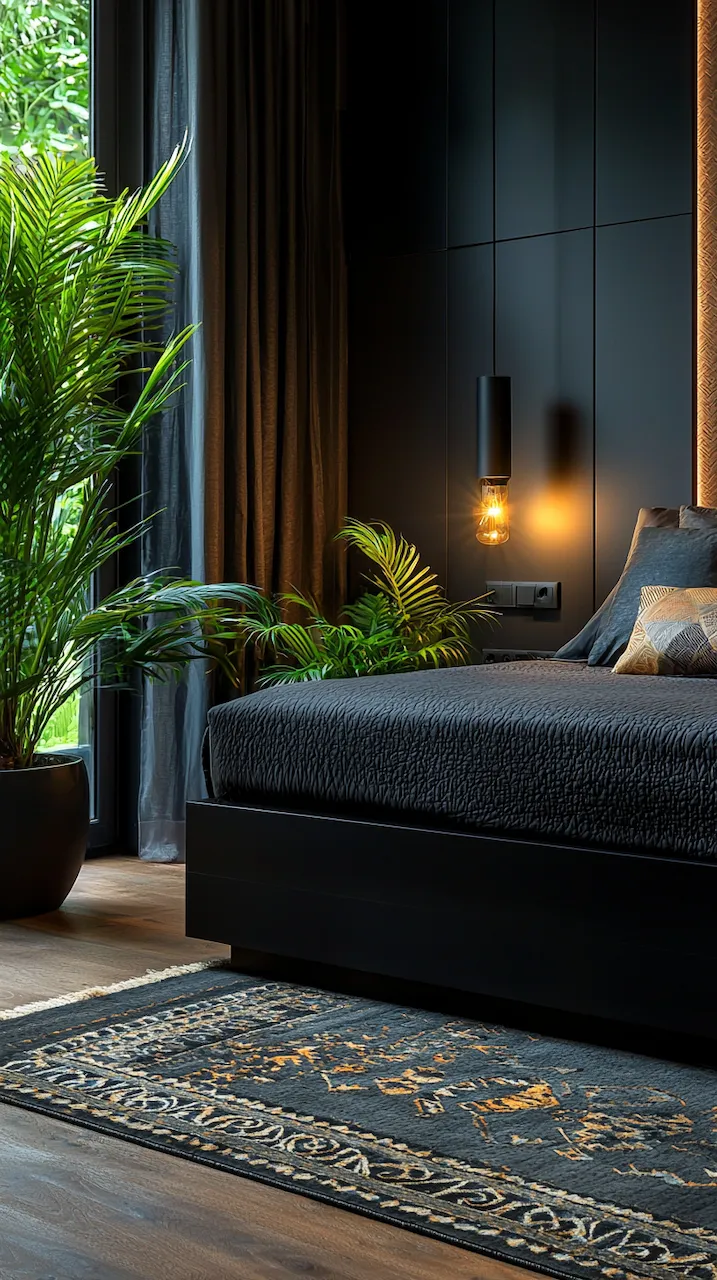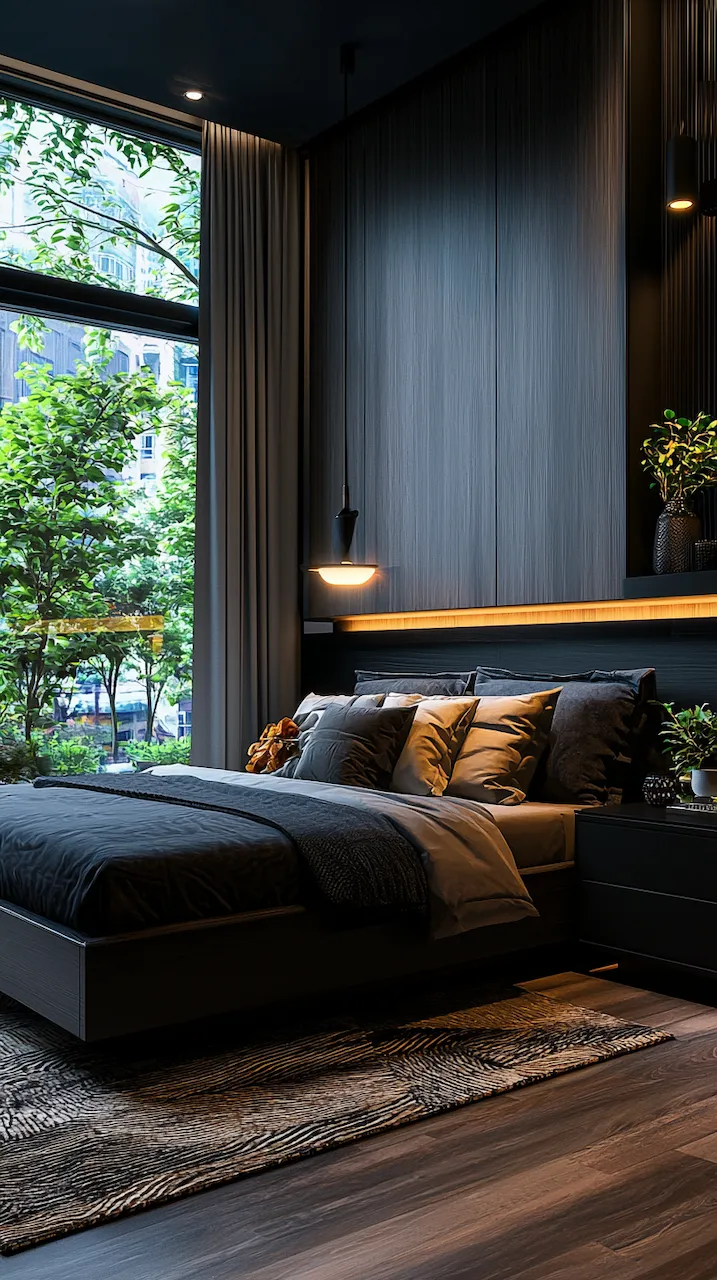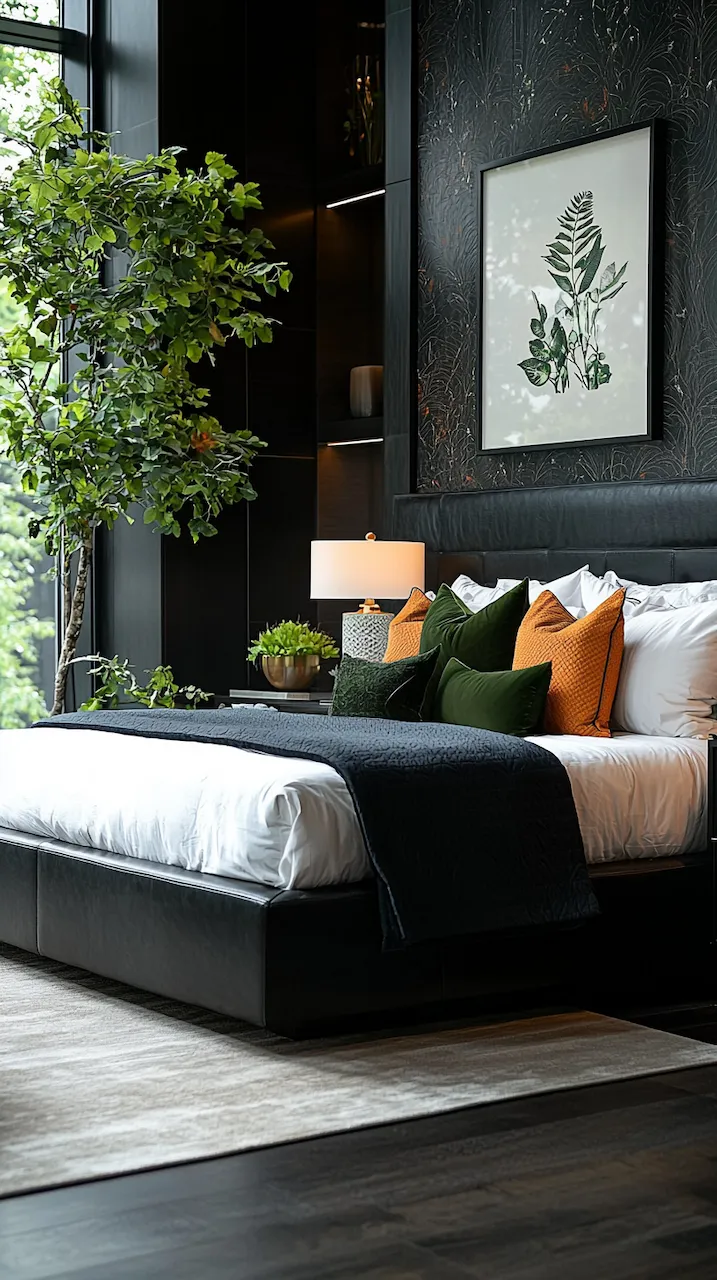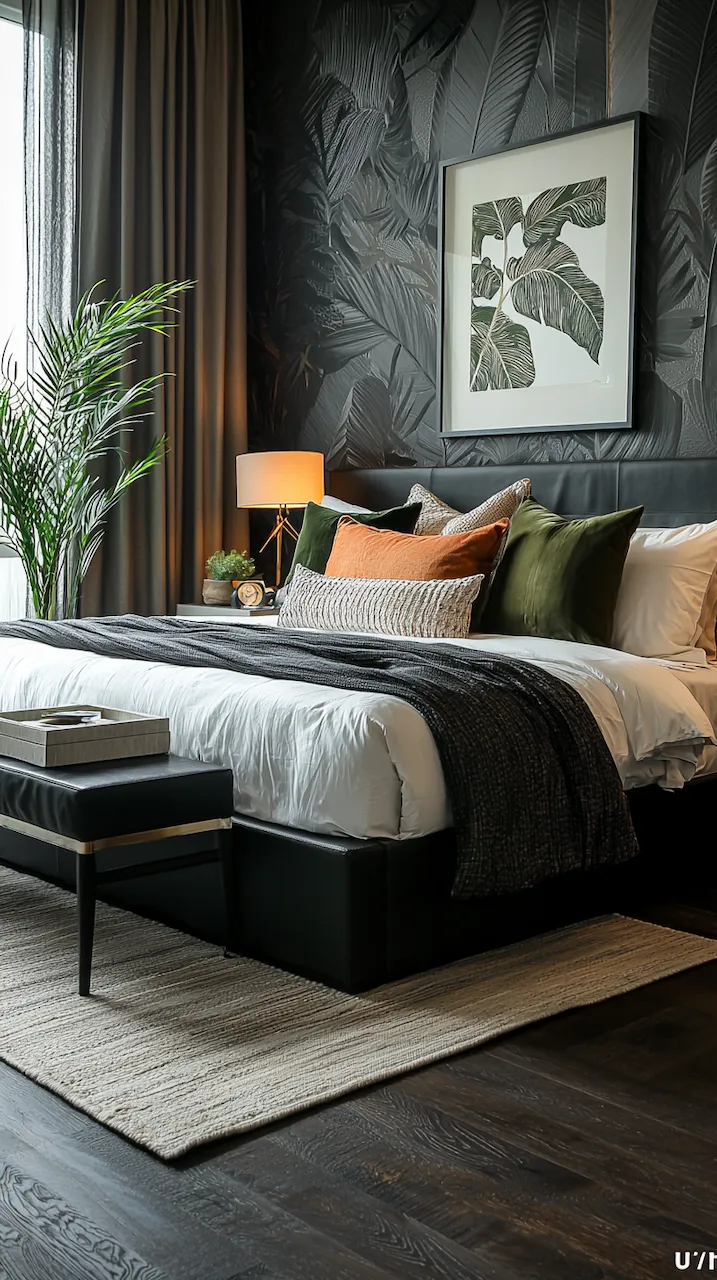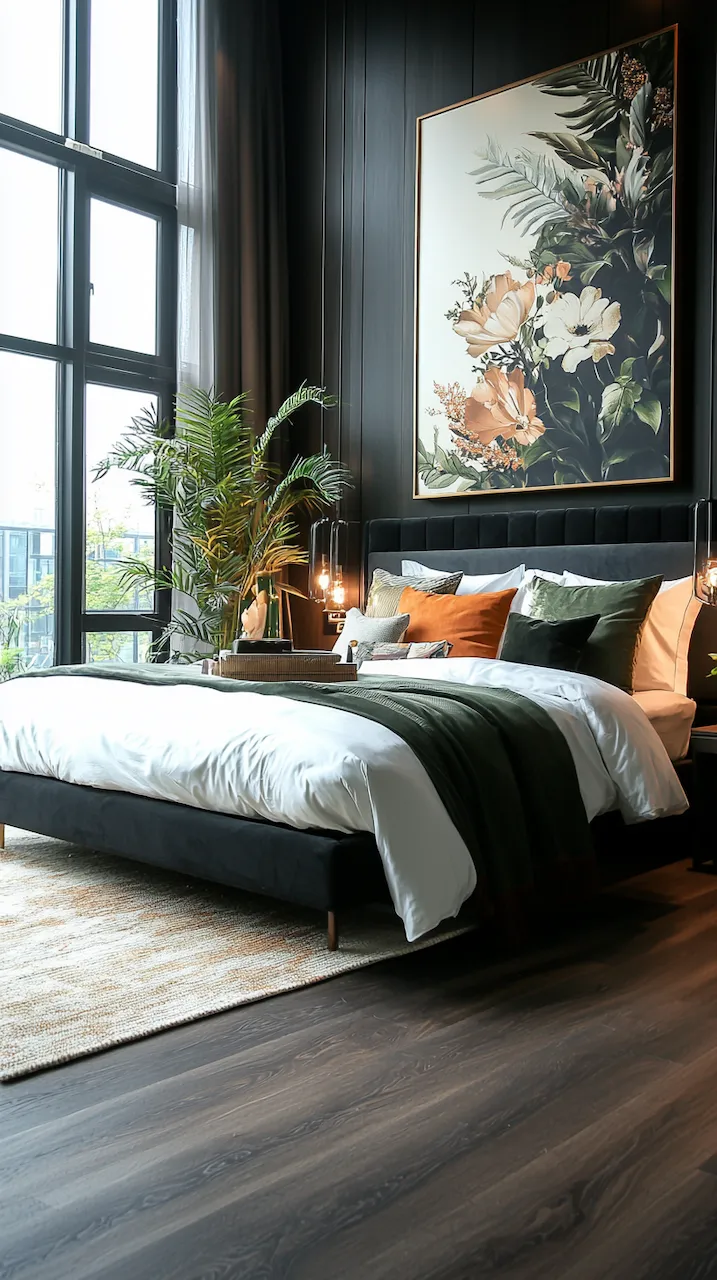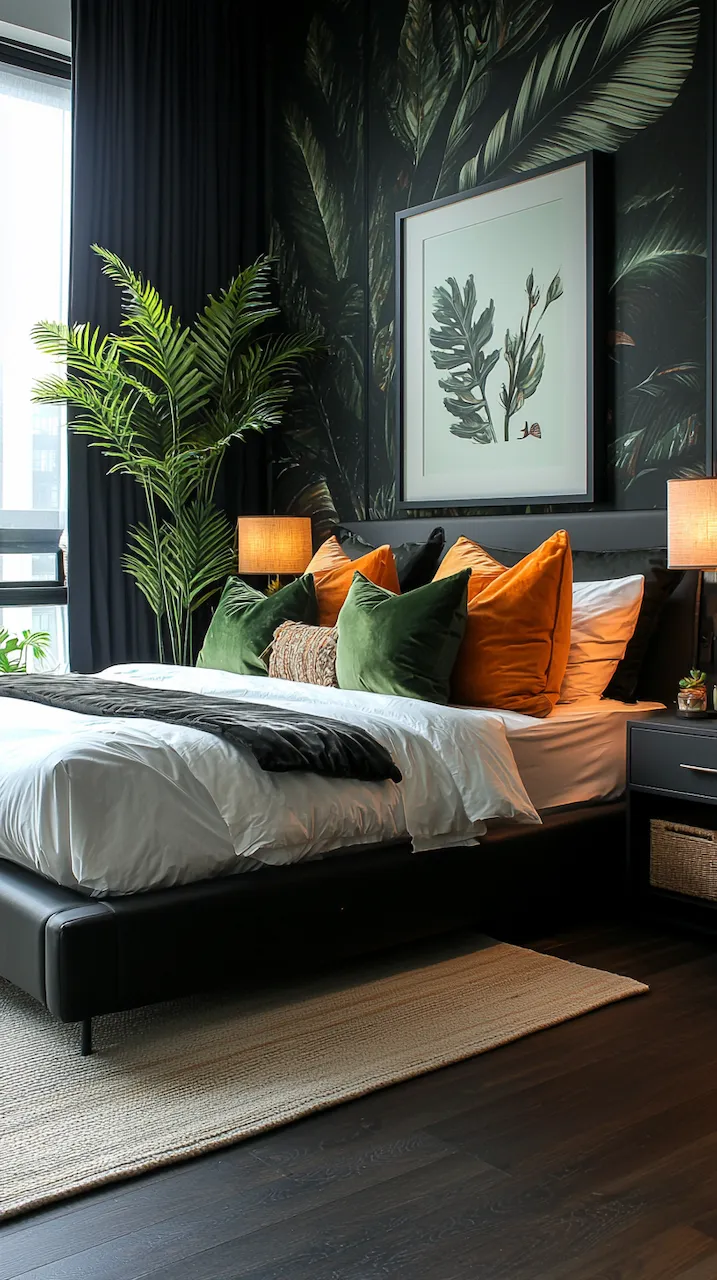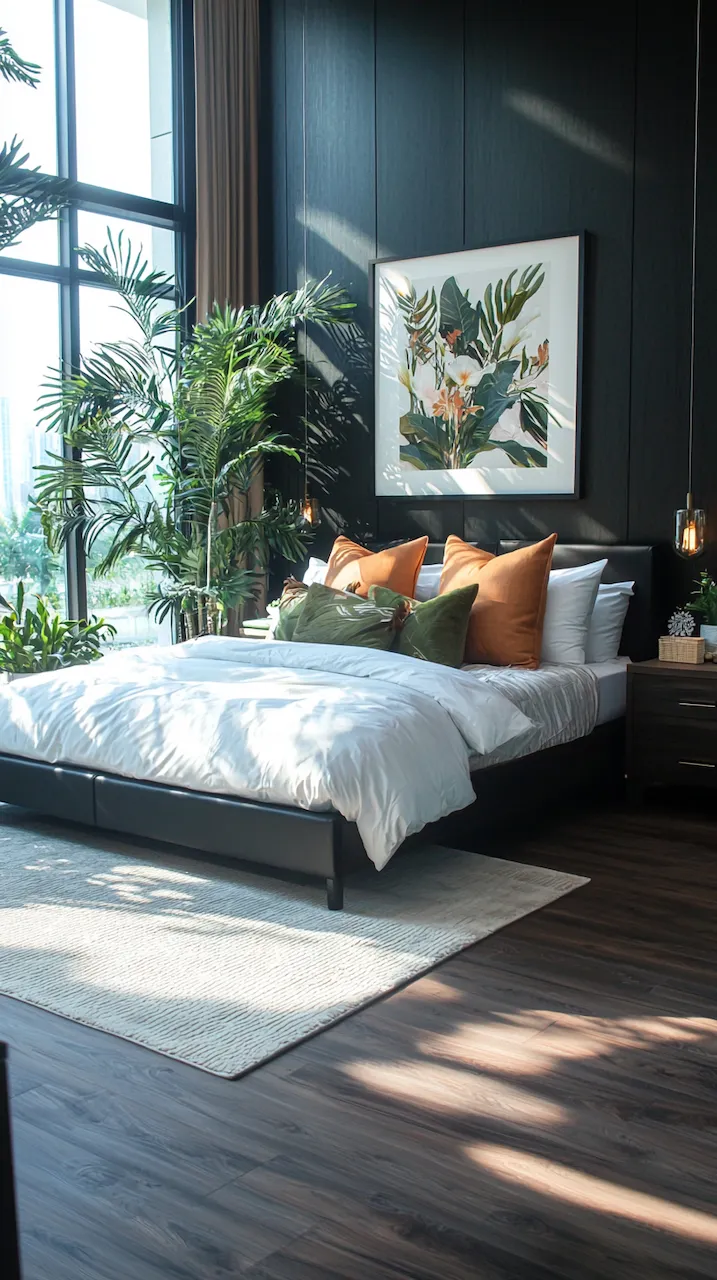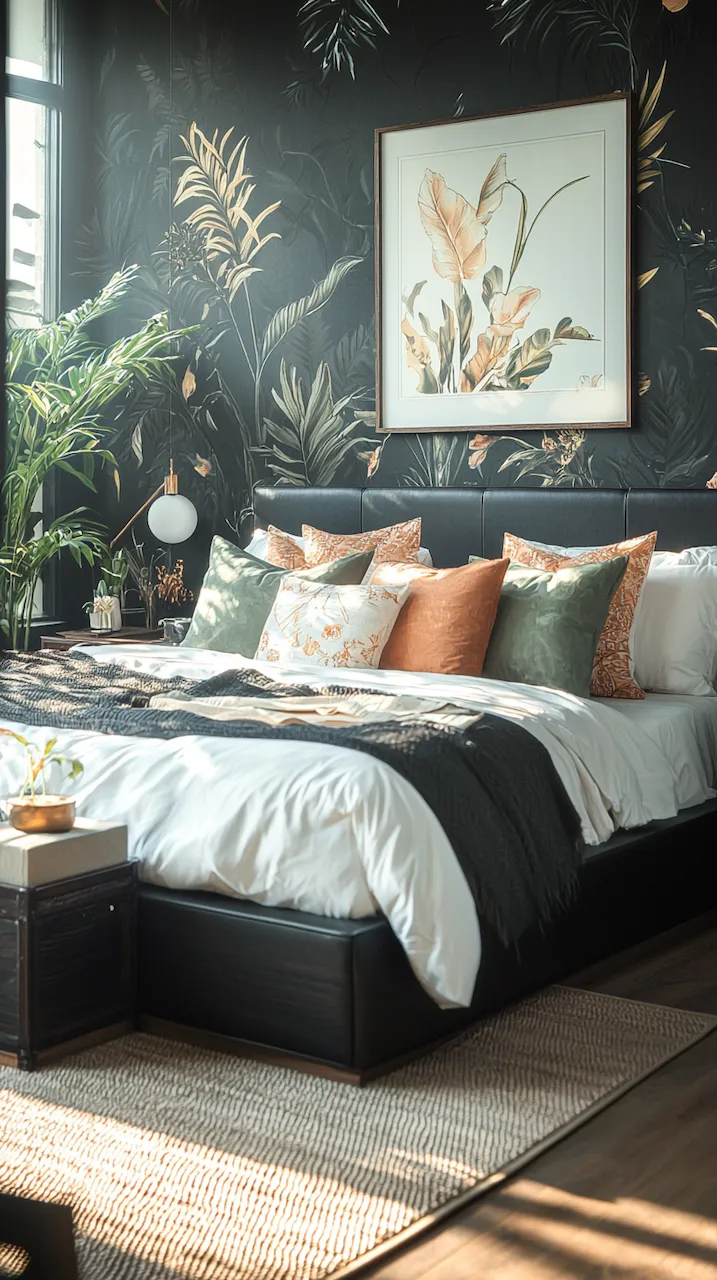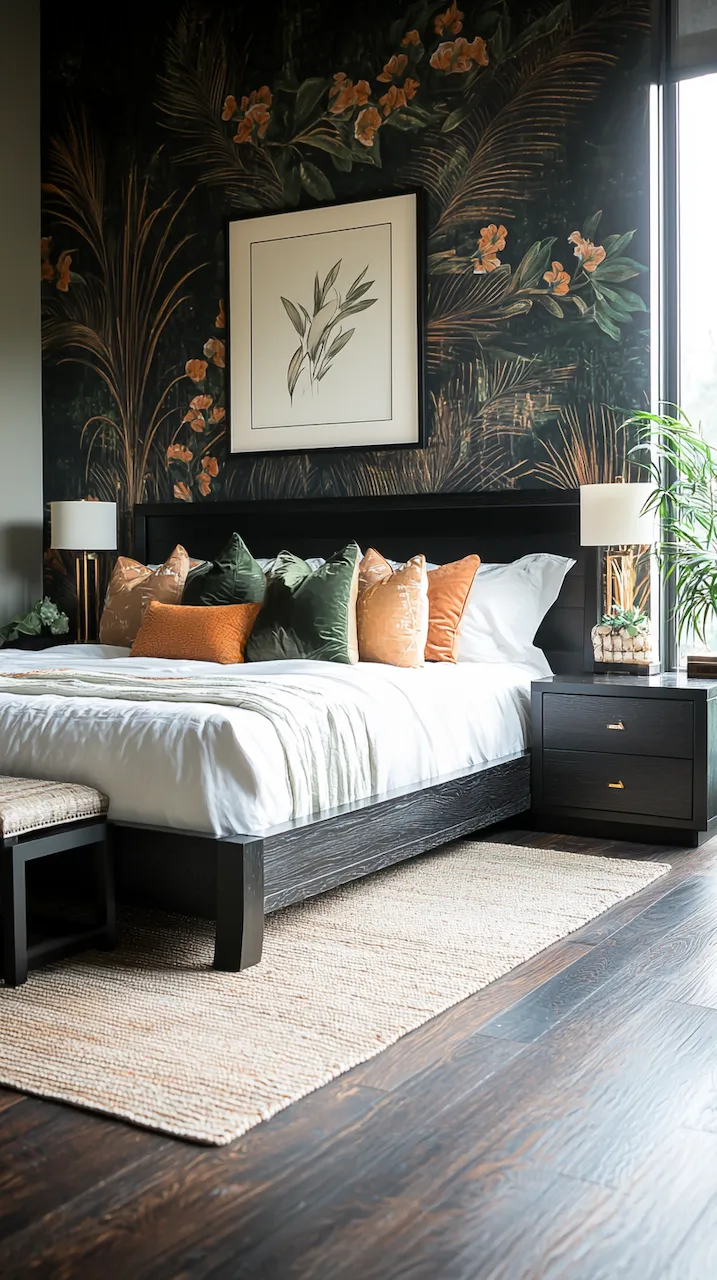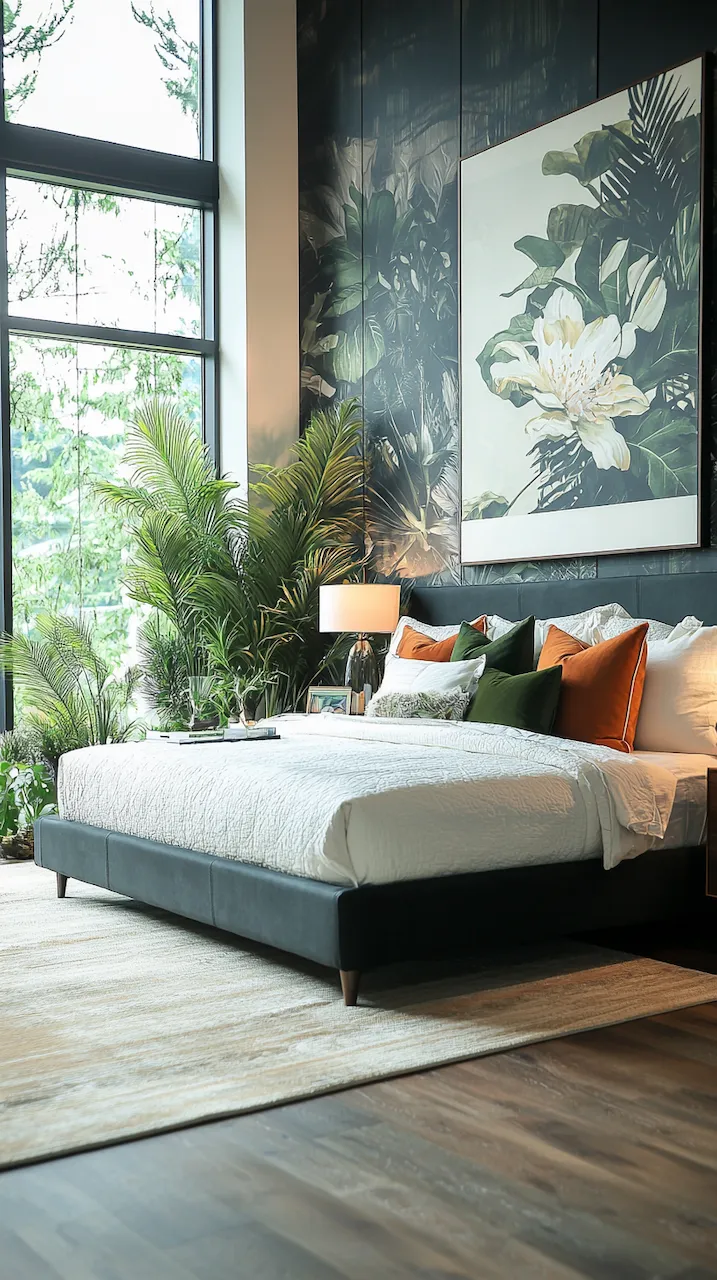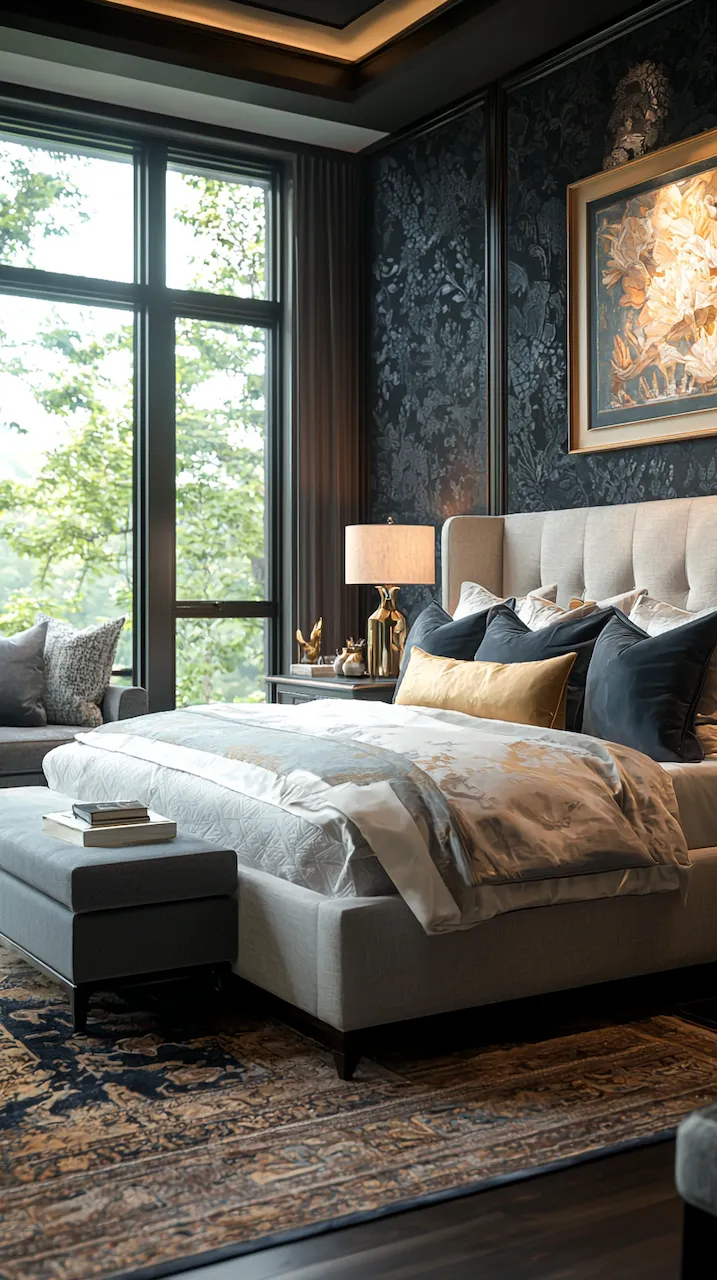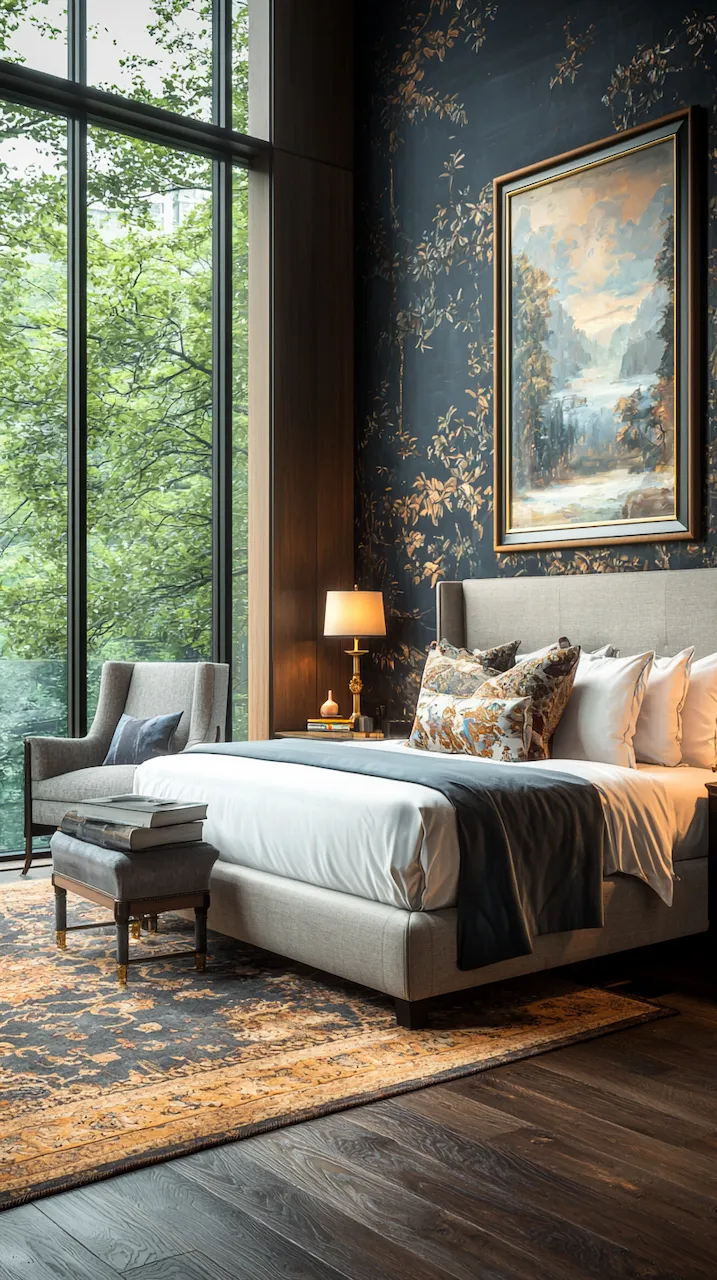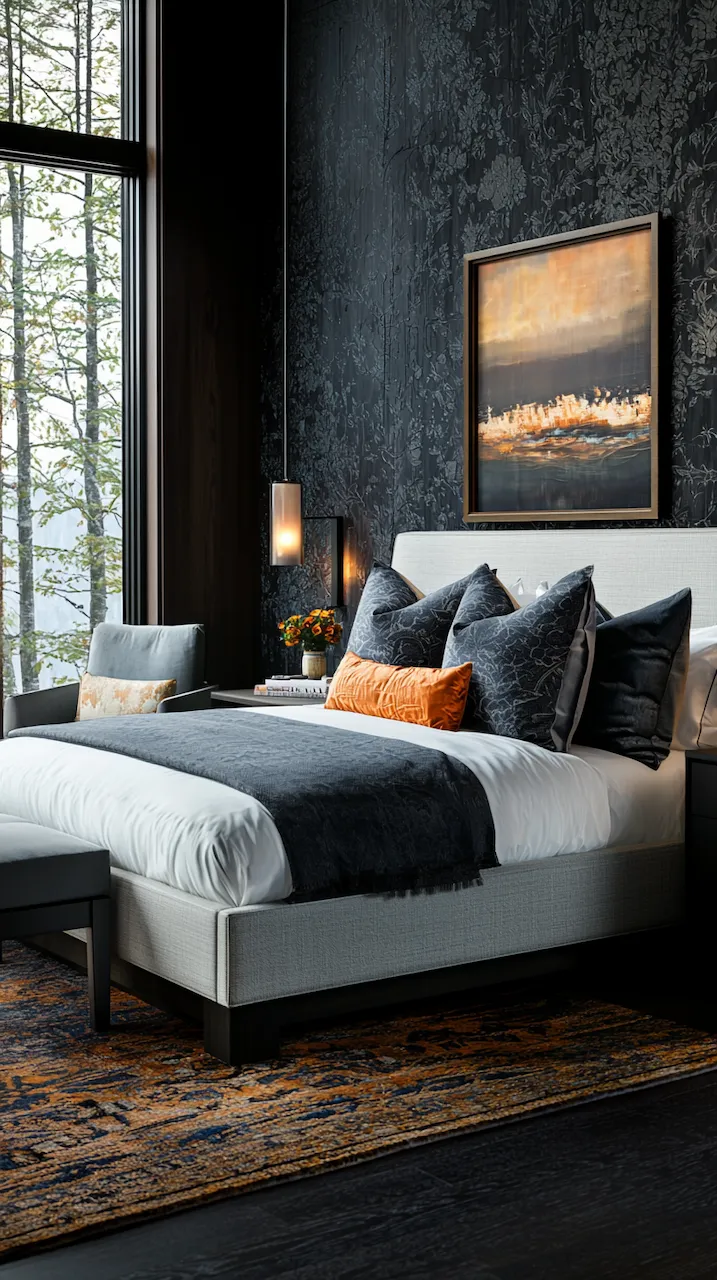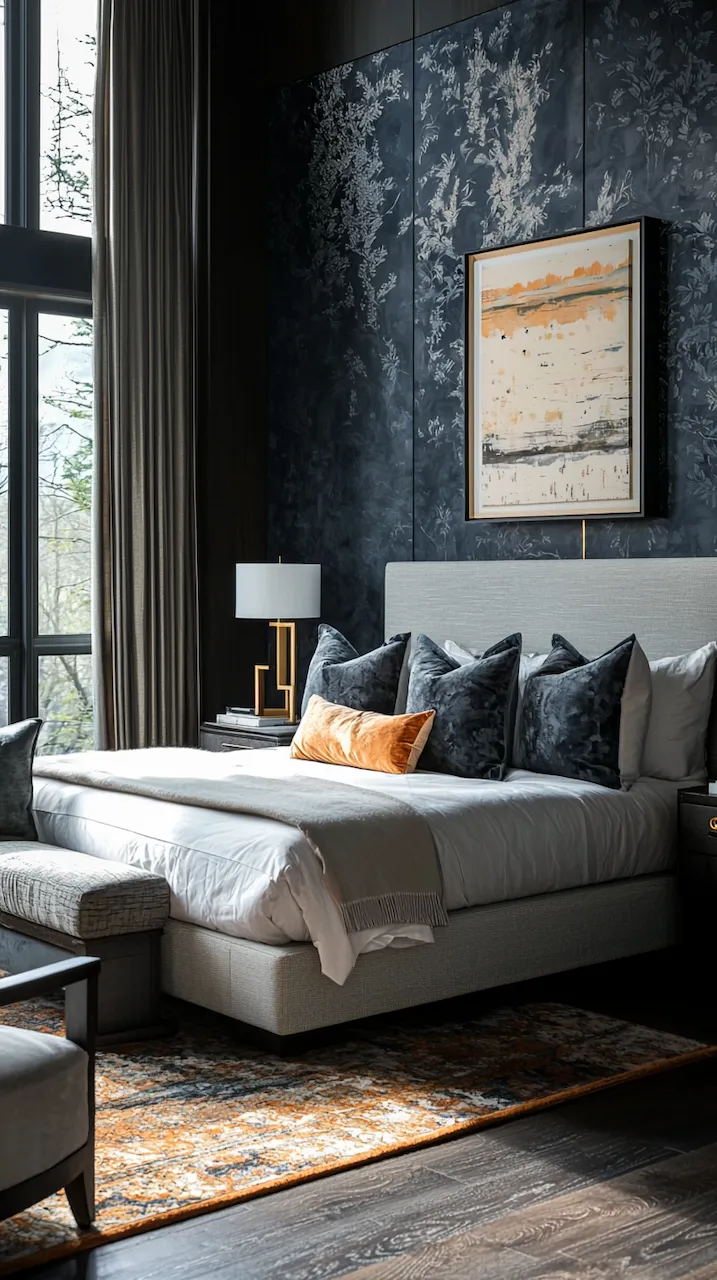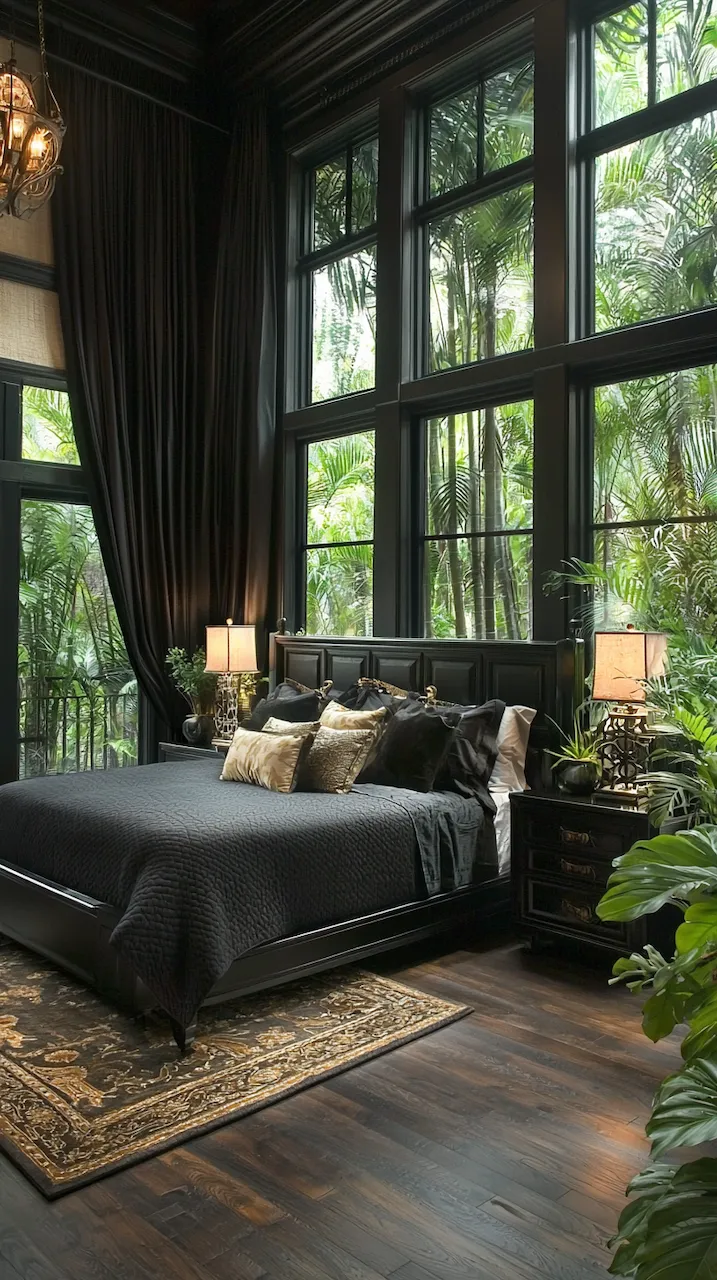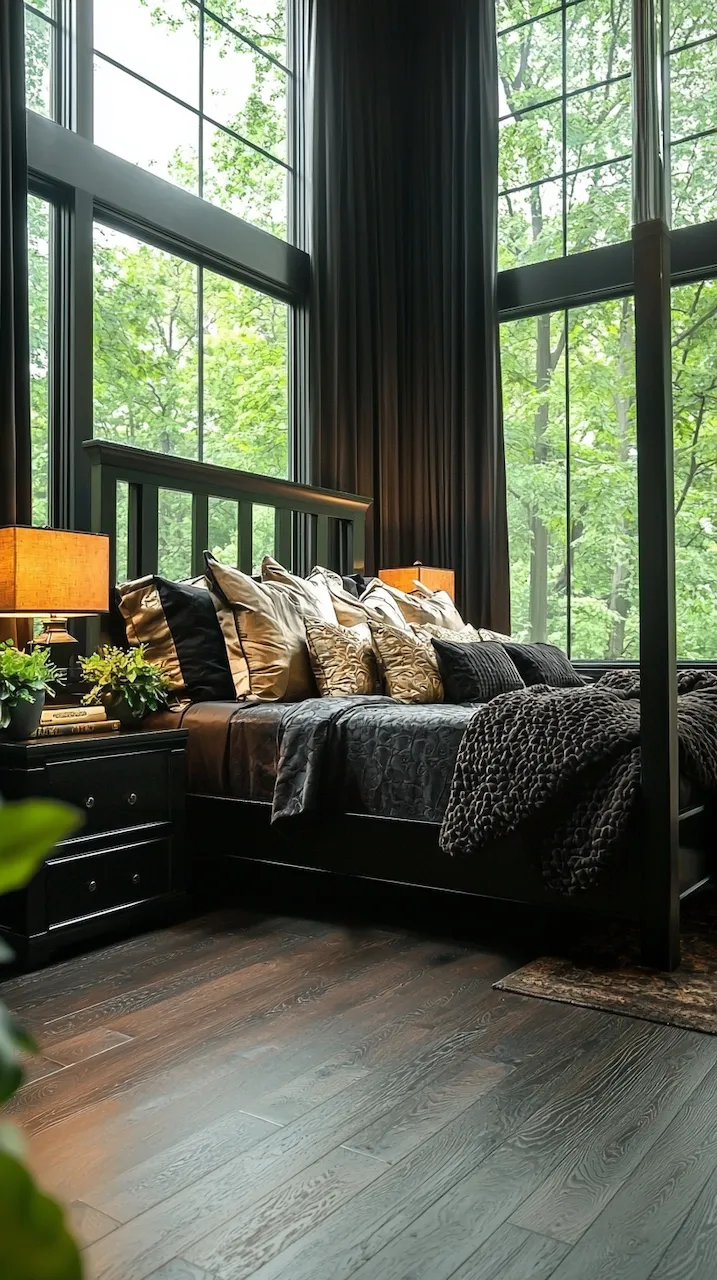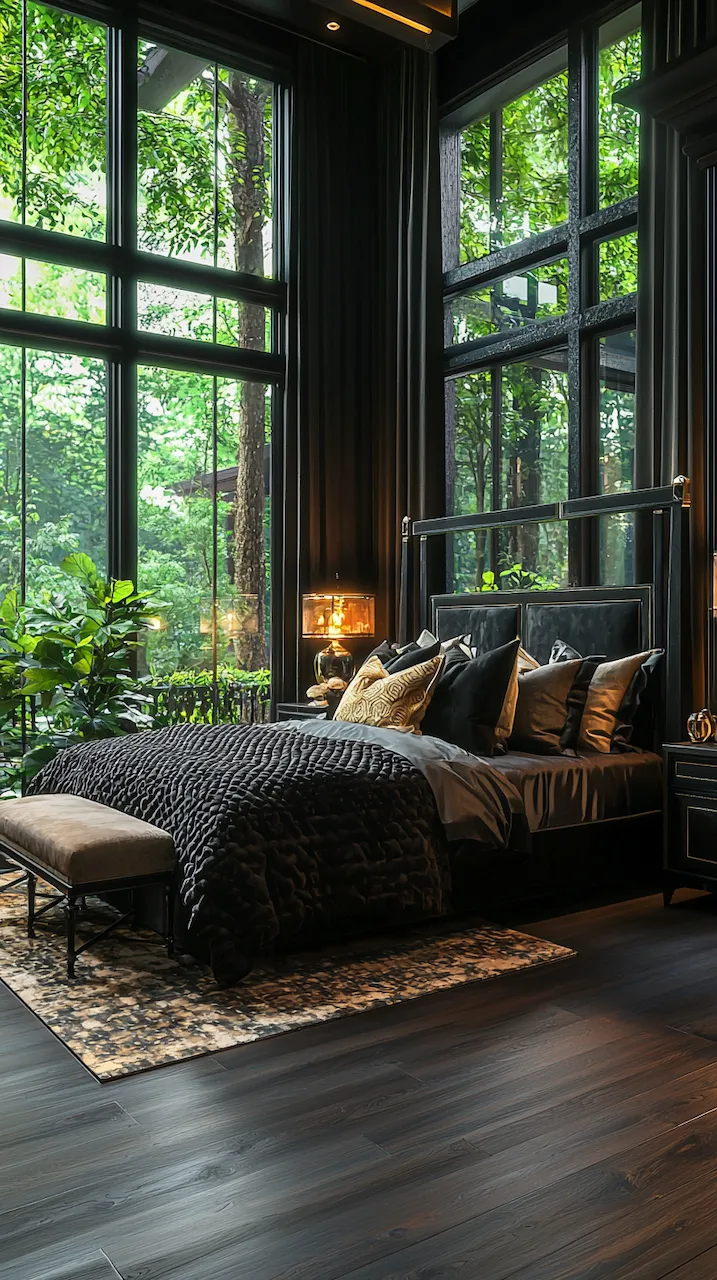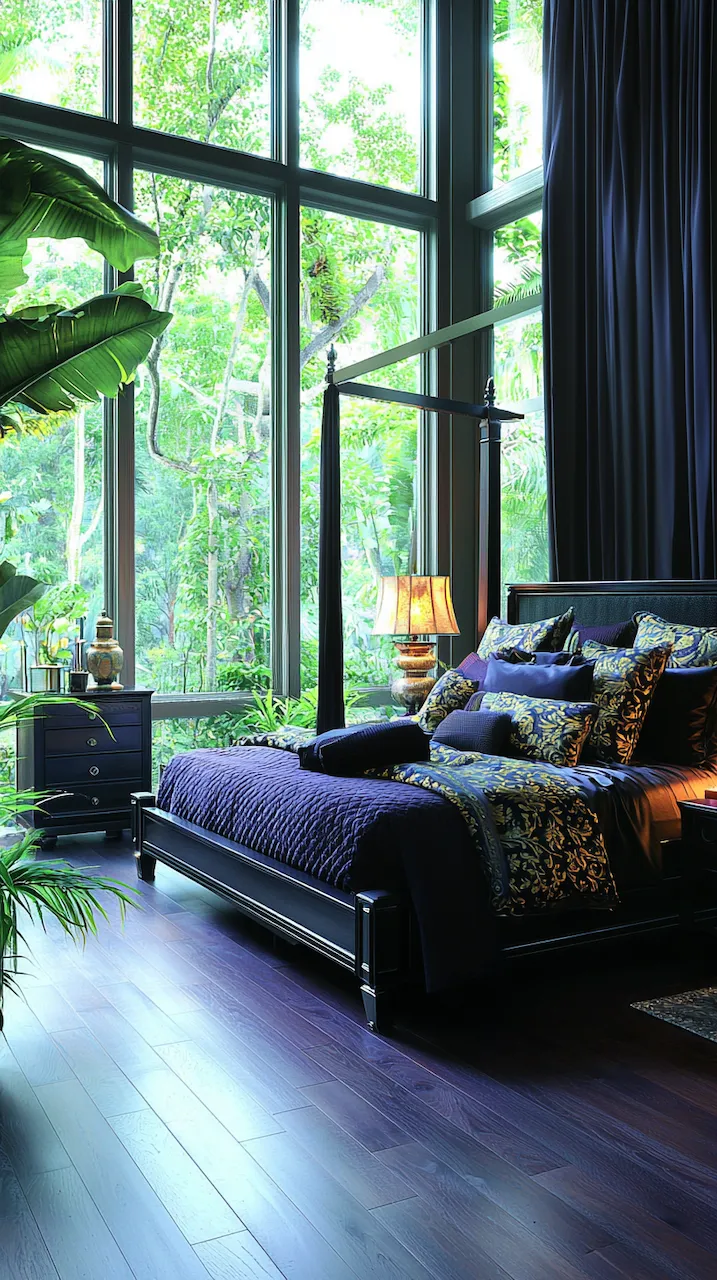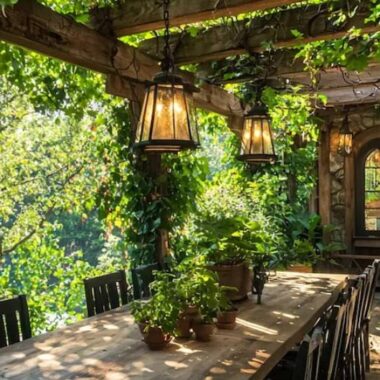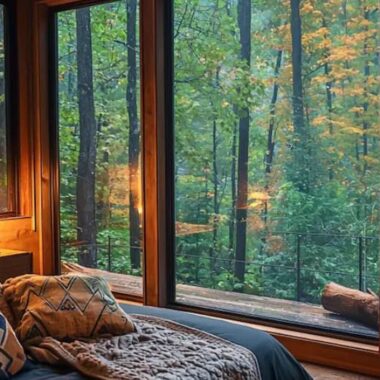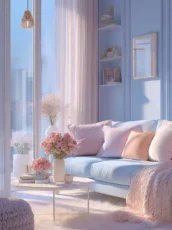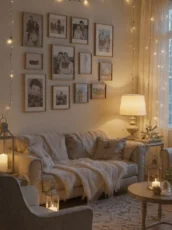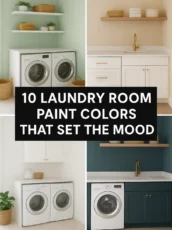Moody Enchanting Cottagecore Bedroom Ideas: When Nostalgia Wears Combat Boots
Good design doesn’t whisper. It stares you down and asks: Do you know who you are? The moody, enchanting cottagecore bedroom is not just an aesthetic—it’s an assertion. It rejects the sterile sameness of mass-produced minimalism and swaps it for intelligent warmth, atmospheric detail, and a whisper of rebellion. This is where Jane Austen meets Bauhaus by way of a London underground club. It’s sensual, it’s storied, it’s subversively soft.
This isn’t just about good taste—it’s about intention. It’s about building a space that’s less Pinterest board and more personal anthology. Ready to think in velvet and shadow? Let’s begin.
Statement Meets Structure
In the realm of moody cottagecore interiors, a strong statement piece isn’t just decorative flair—it’s foundational. We’re speaking of structure, substance, and symbolism, all swathed in a rich visual language that marries romantic nostalgia with architectural intelligence. When you walk into a bedroom designed with this ethos, the first thing you should feel is a gravitational pull. It might come from an imposing four-poster bed hewn from charred oak or from a 19th-century writing desk burnished with use and age. These are not props—they are protagonists.
But a statement isn’t simply about size or age. It’s about deliberate placement and visual gravity. The room must have an anchor, something that holds emotional and spatial weight. In this world, structure isn’t limited to walls and floors; it’s the invisible grid guiding your eye and the emotional framework supporting your experience. A baroque headboard in tufted velvet? That’s a structural flourish. A custom-made walnut platform bed that appears to float? That’s structural audacity cloaked in simplicity.
Consider layering textures as a means of sculpting the room. Heavy velvet curtains in deep emerald or burgundy should drape from ceiling to floor, not just to block light but to command space. Brass curtain rods, perhaps artfully oxidized, add a tactile, lived-in glimmer. Beneath your feet, think of structure through softness: vintage Persian rugs layered over polished concrete or dark-stained wood floors. The tension between hard and soft, old and new, is what gives the room its pulse.
Storage should speak the same visual language. Avoid soulless modular systems in favor of heirloom pieces or smartly updated classics. A lacquered armoire with brutalist handles can hold sweaters and secrets. A narrow, floor-to-ceiling bookcase can double as a sculptural installation if dressed with intention—think antique books, matte-glazed ceramics, and botanical curios.
The ceiling, too, becomes part of your design vocabulary. Exposed beams can be sanded down and stained in obsidian black or moody walnut. A dramatic pendant lamp, something that casts patterned shadows, should hang like a full stop in a sentence. Every element, from the chandelier to the drawer pulls, should pull its weight, each with its own reason for being.
Finally, structure also means flow. Traffic patterns matter, even in compact bedrooms. Avoid cluttered layouts in favor of intuitive, fluid movement. Place chairs and tables in a way that suggests ease and intentionality—a reading nook in one corner, a mirror in another angled to catch the morning light. In a moody cottagecore space, structure is the skeleton. Everything else—the textures, the colors, the layers of nostalgia—is flesh.
The Power of Asymmetry
Asymmetry, when done right, feels less like a design technique and more like a signature—a gesture that says, “This space was created with thought, not formula.” The power of asymmetry lies in its subtle rebellion against the expected, its ability to introduce complexity and interest without descending into visual chaos. In the context of a moody, enchanting cottagecore bedroom, asymmetry is the flicker of unpredictability that gives the space life.
Start with the layout. Resist the instinct to place matching nightstands and lamps on either side of the bed. Instead, offset one side with a stacked pile of antique suitcases topped with a reading light, while the other features a dainty pedestal table supporting a dried flower arrangement in a mismatched ceramic vase. It’s about balance without duplication.
Art plays a central role in the asymmetric narrative. Imagine a sprawling gallery wall that leans deliberately off-center, its contents a medley of eras and mediums: an 18th-century botanical sketch alongside a modern black-and-white photograph, interspersed with empty antique frames and vintage embroidery hoops. Let the eye travel in unexpected directions. This uneven arrangement evokes the eclecticism of a life fully lived, where beauty is not curated for consistency but for story.
Furniture, too, can embrace asymmetry. Consider a chaise lounge in the corner, upholstered in moody damask, its curving silhouette mirrored across the room not by another piece of furniture, but by a tall plant in an organically shaped planter. A floor mirror leaning against one wall doesn’t need a partner; its solitary placement invites a pause, a reflection both literal and figurative.
Lighting is perhaps the most underused tool for asymmetry. Mix wall sconces with standing lamps and pendant lights. Let each source cast a different kind of shadow. A fringed bedside lamp might offer a warm, intimate glow, while a minimalist pendant with an exposed filament throws stark highlights across textured walls. The contrast in lighting creates visual rhythm and emotional layering.
Even textiles can subvert symmetry. Don’t match throw pillows or bedding sets. Let a vintage quilt coexist with a velvet coverlet in a contrasting hue. Throw a single, dramatic wool blanket across one corner of the bed. Embrace imperfection, because the beauty of asymmetry lies in its refusal to be neatly resolved.
On a philosophical level, asymmetry in the cottagecore bedroom honors the natural world. Nature rarely mirrors itself perfectly, and yet it is endlessly harmonious. Think of the way branches curve differently on the same tree, or how a path through the woods never splits evenly. Bring that sense of organic disorder into your space. It’s not about chaos—it’s about complexity. A room that is slightly off-kilter feels lived-in, real, and full of narrative potential.
In an age of algorithm-driven aesthetics, embracing asymmetry is a bold, intellectual choice. It invites conversation, contemplation, and the kind of long, slow looking that most interiors never quite earn. In a moody cottagecore bedroom, where every corner can cradle a secret, asymmetry is both form and philosophy—and a quietly radical one at that.
